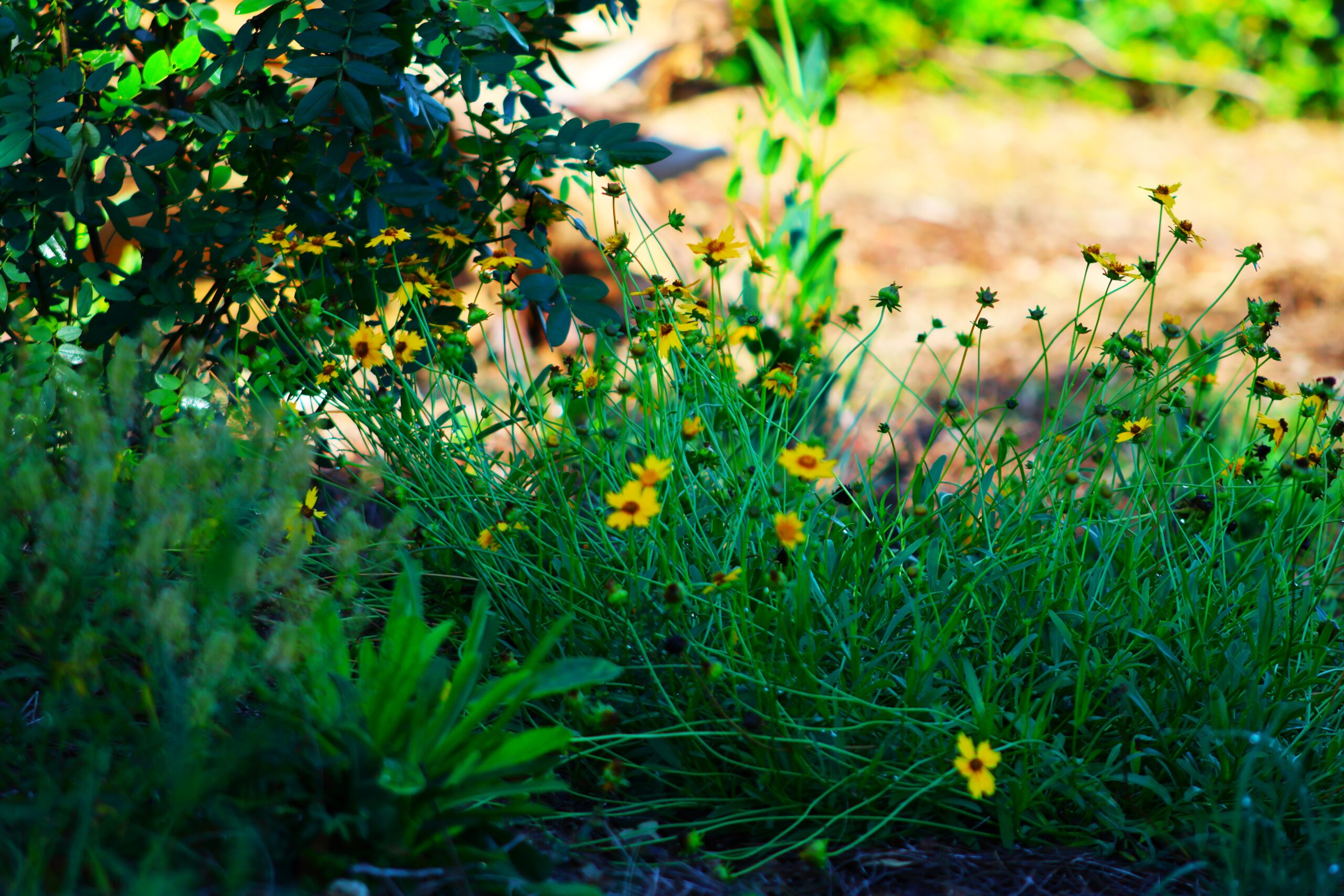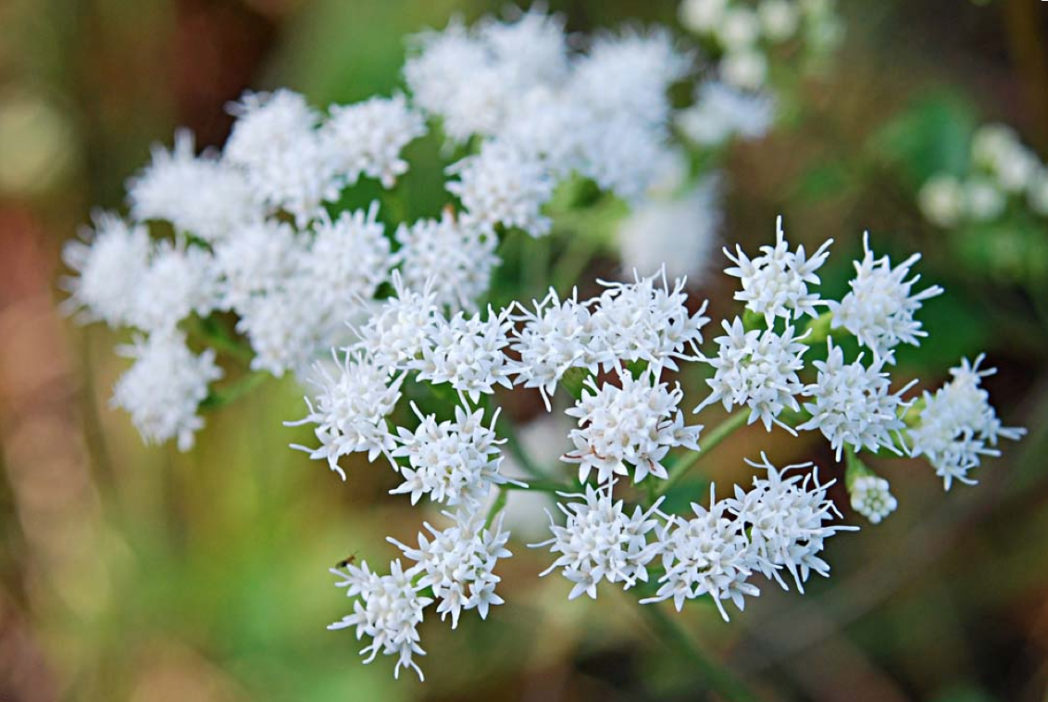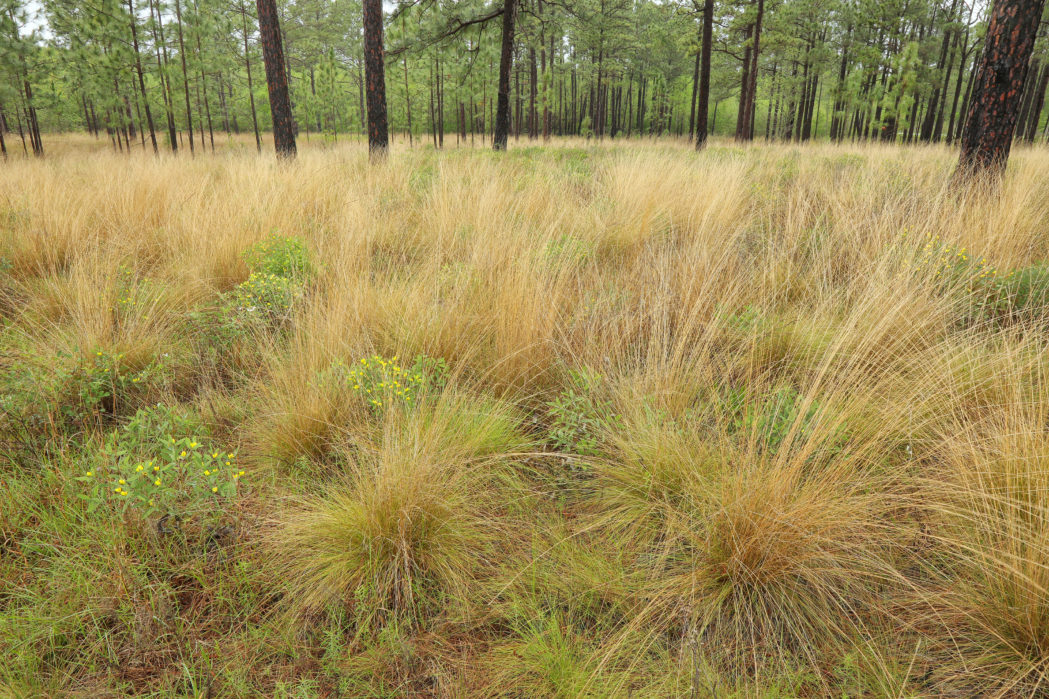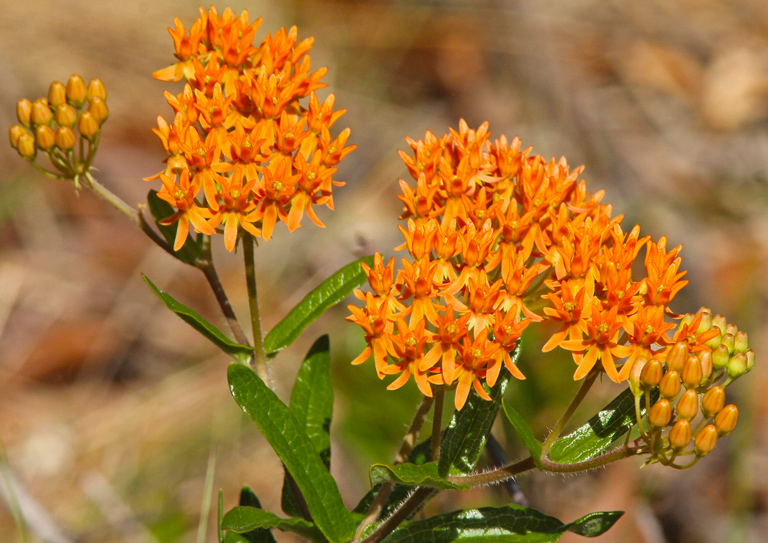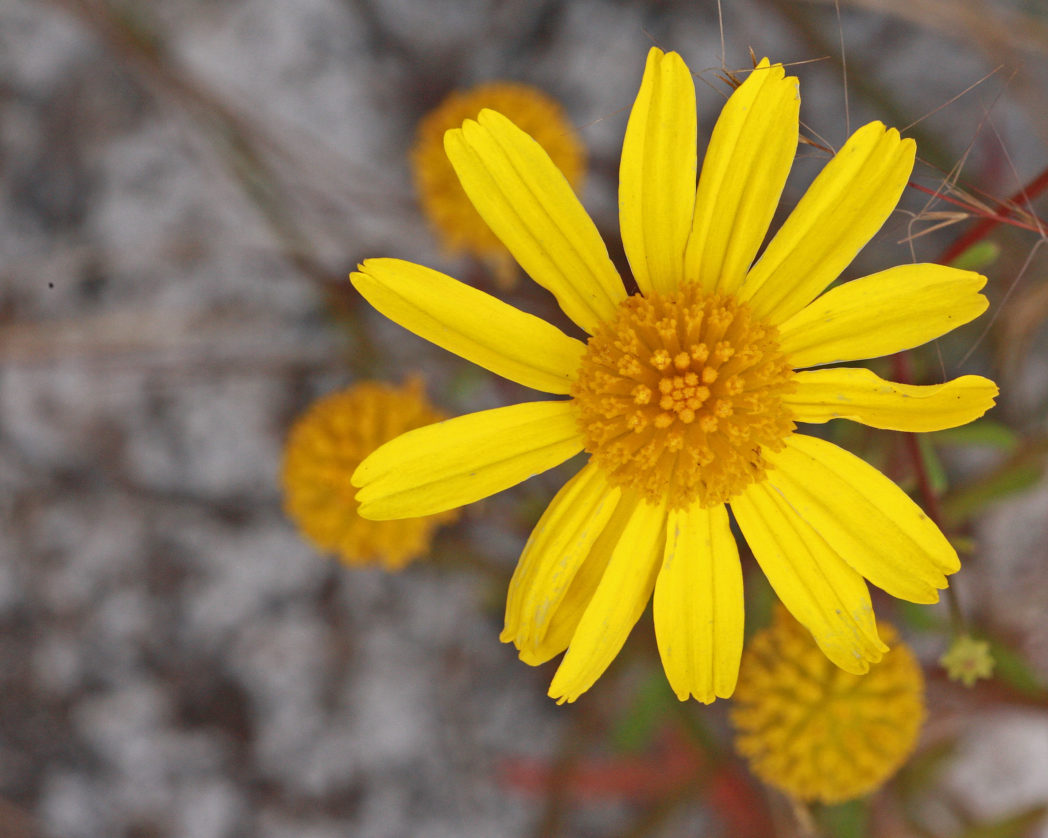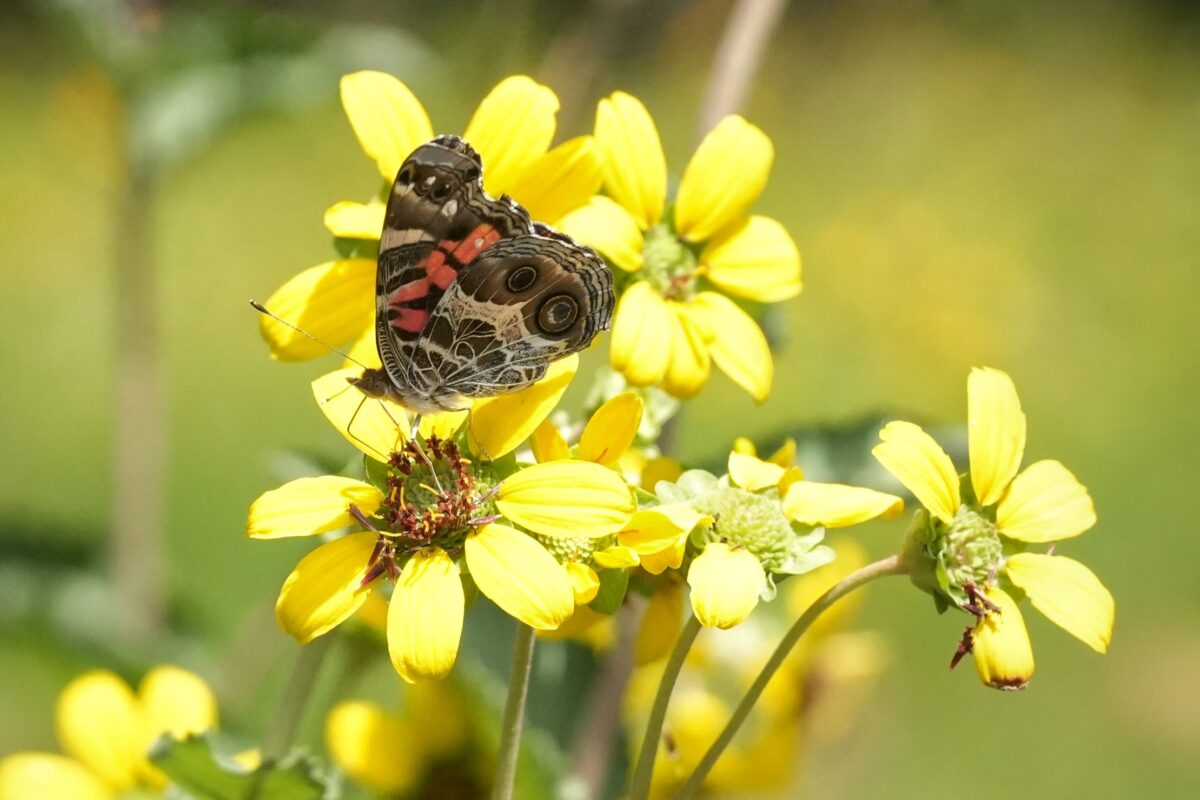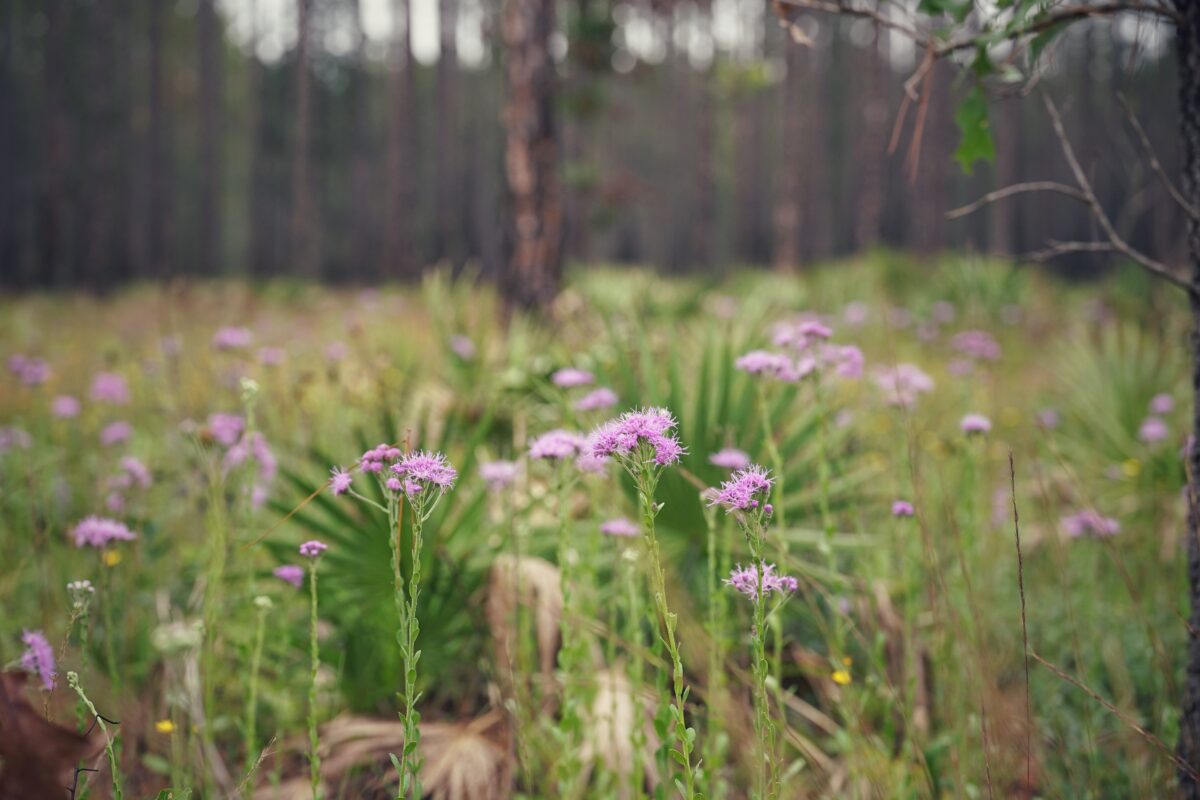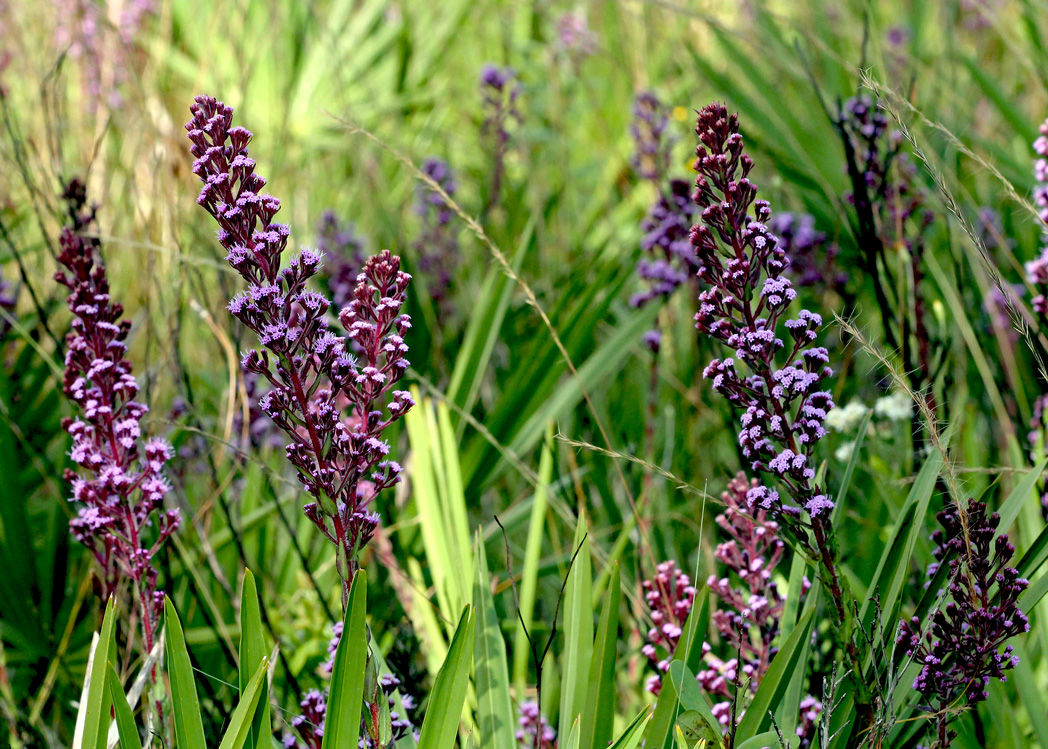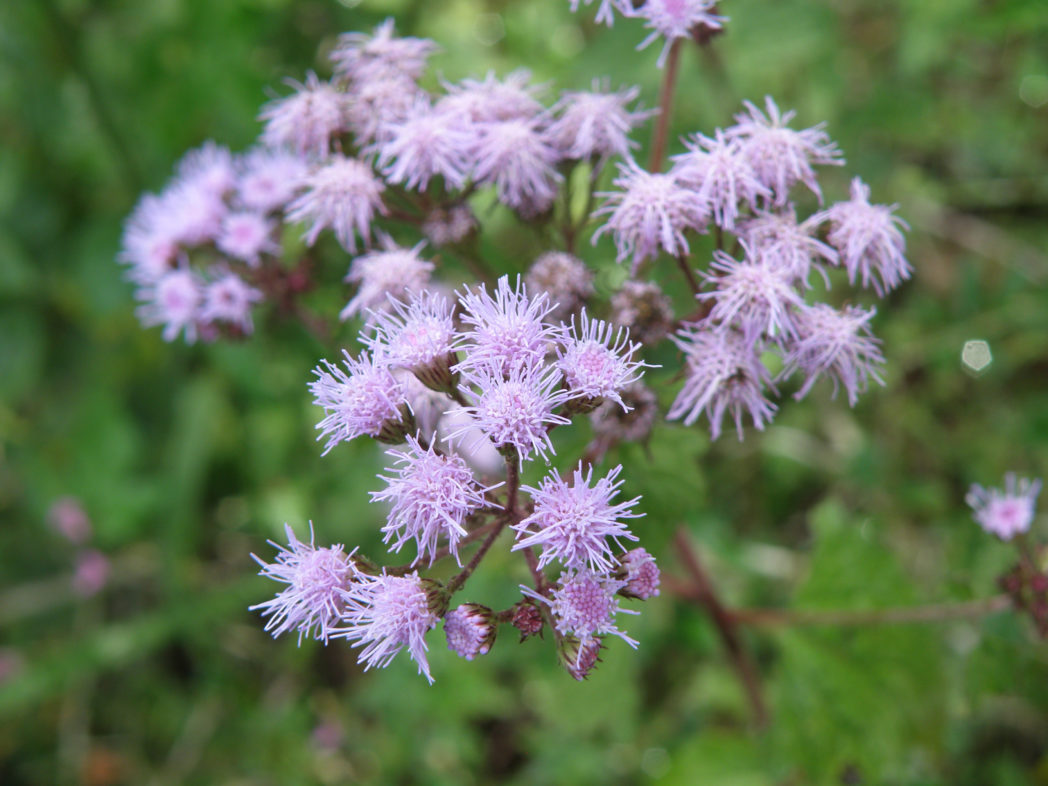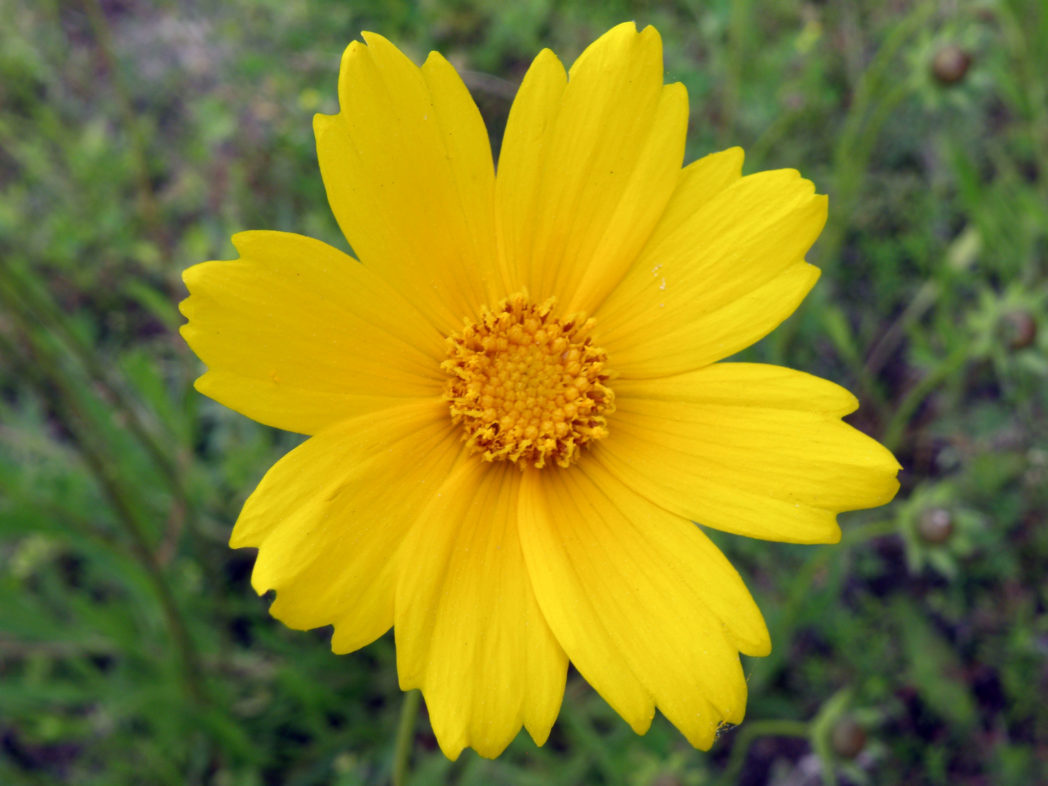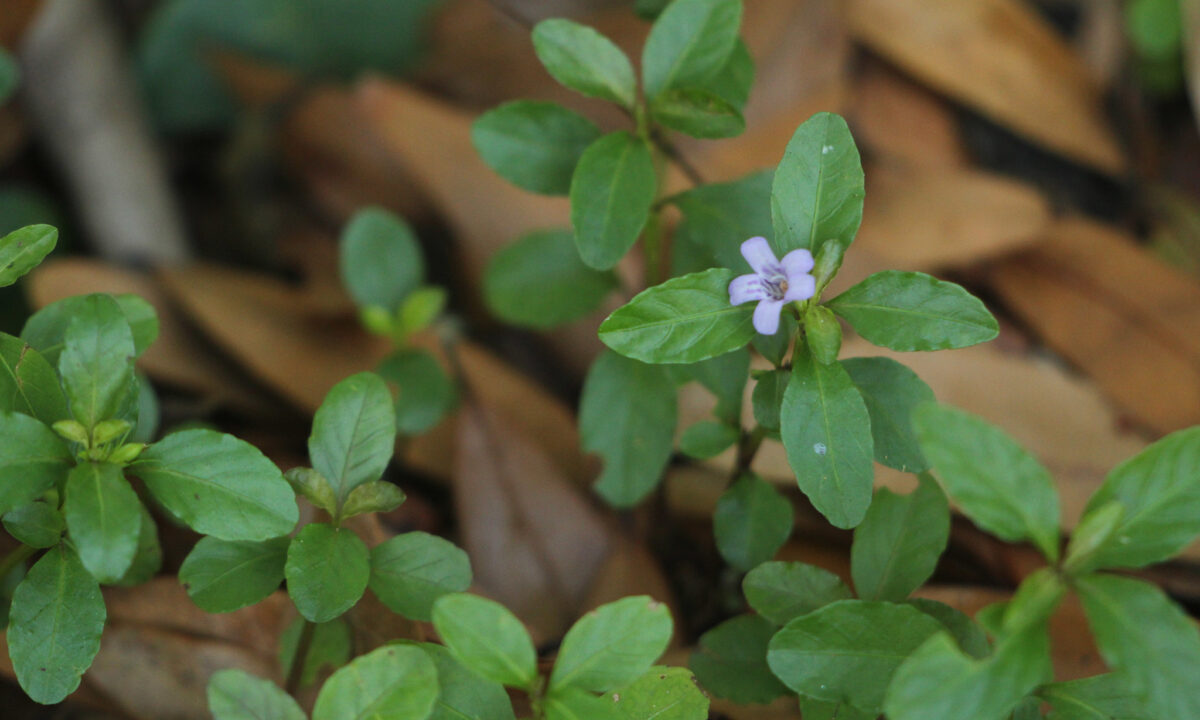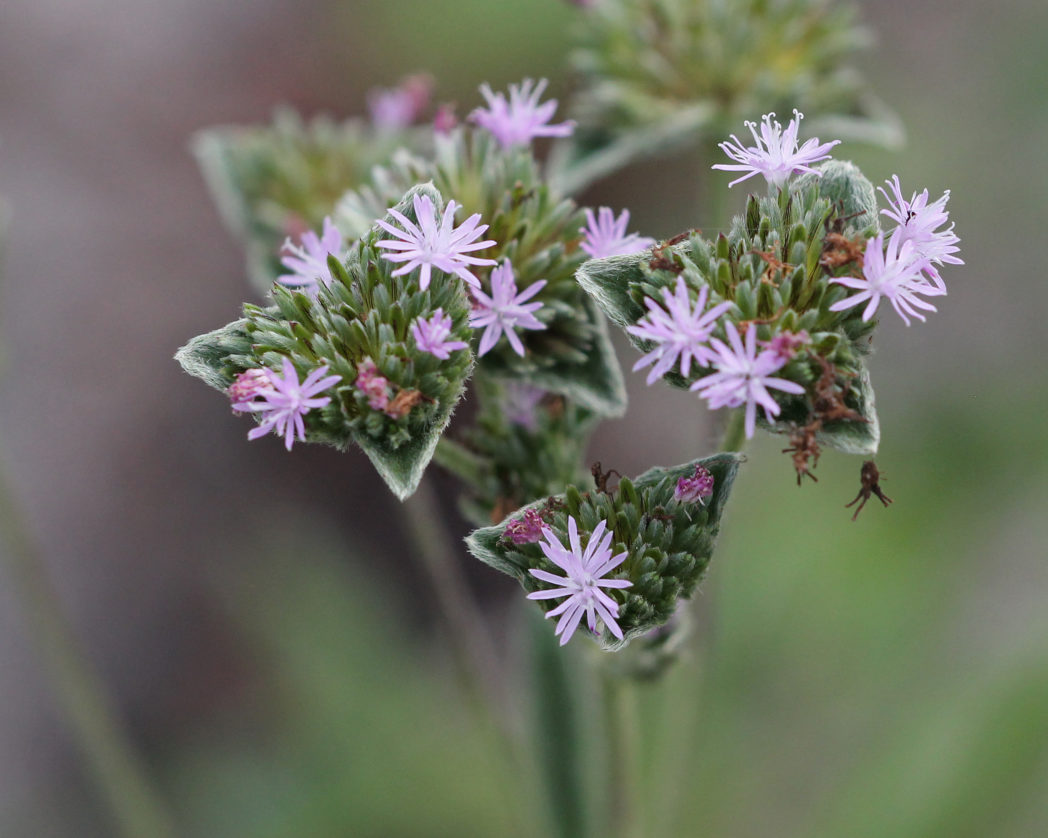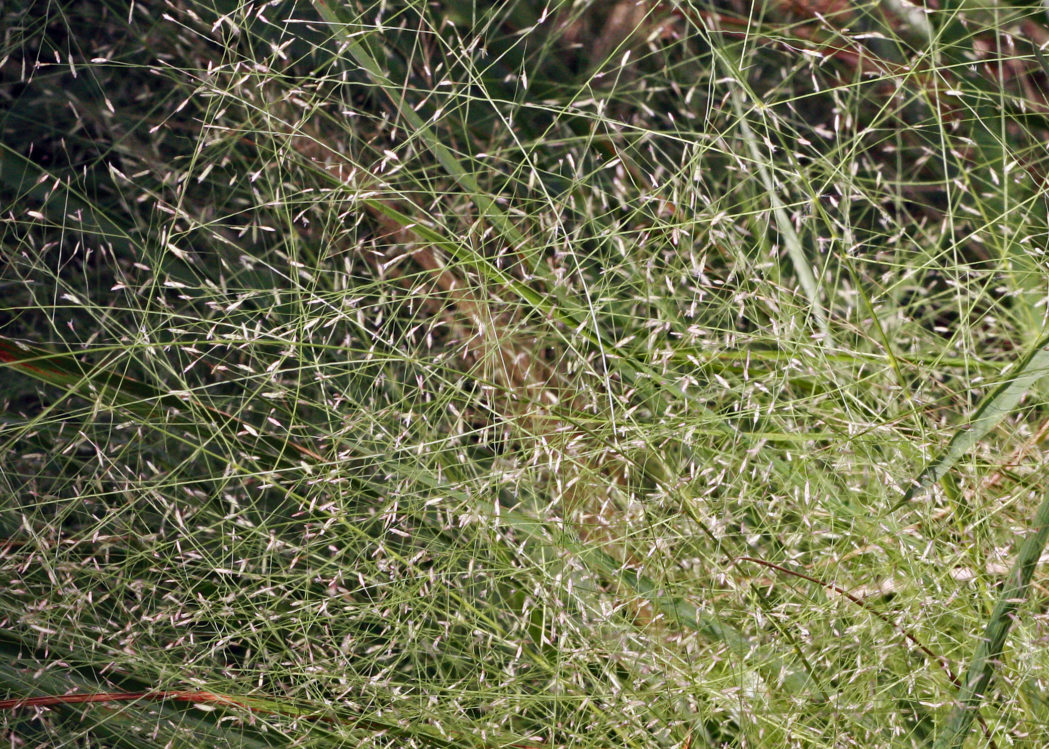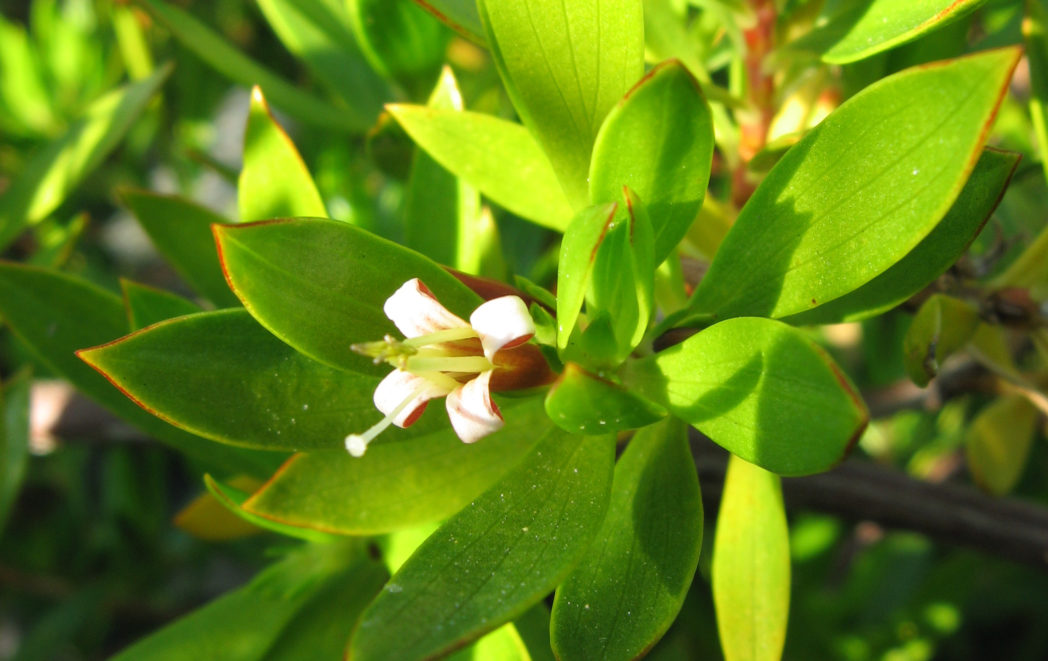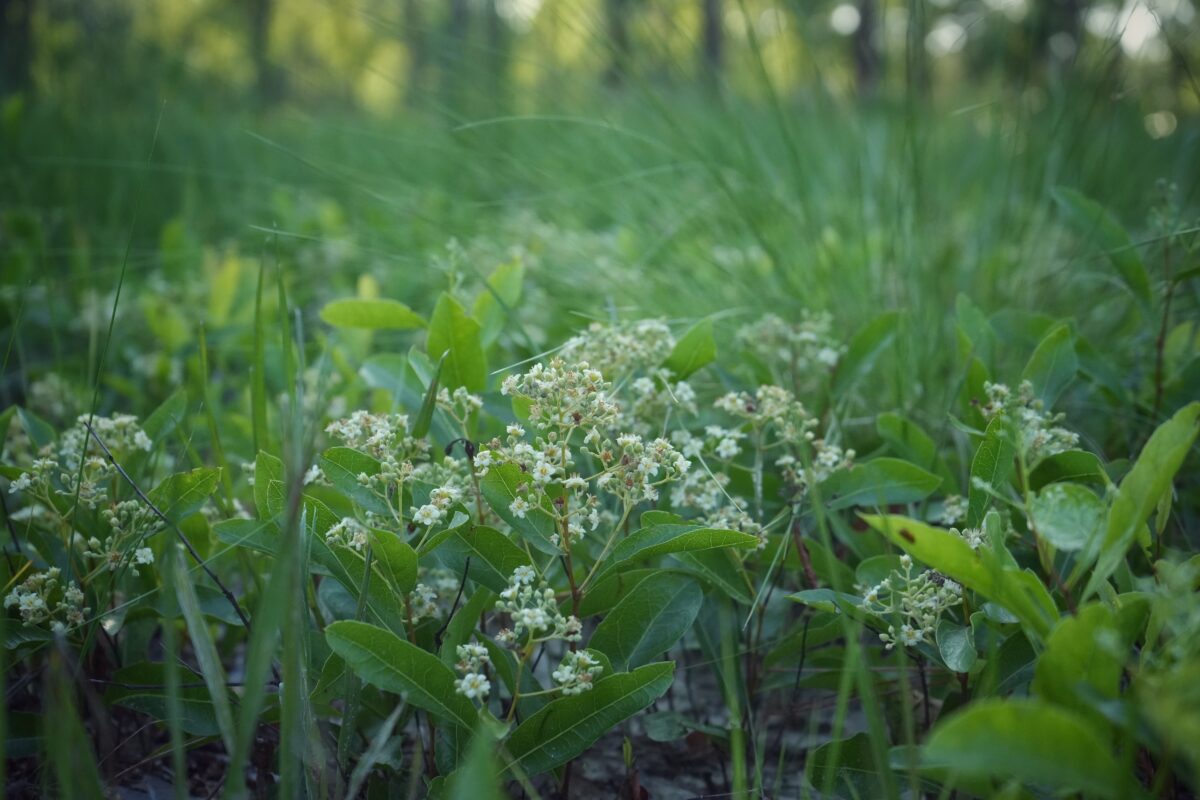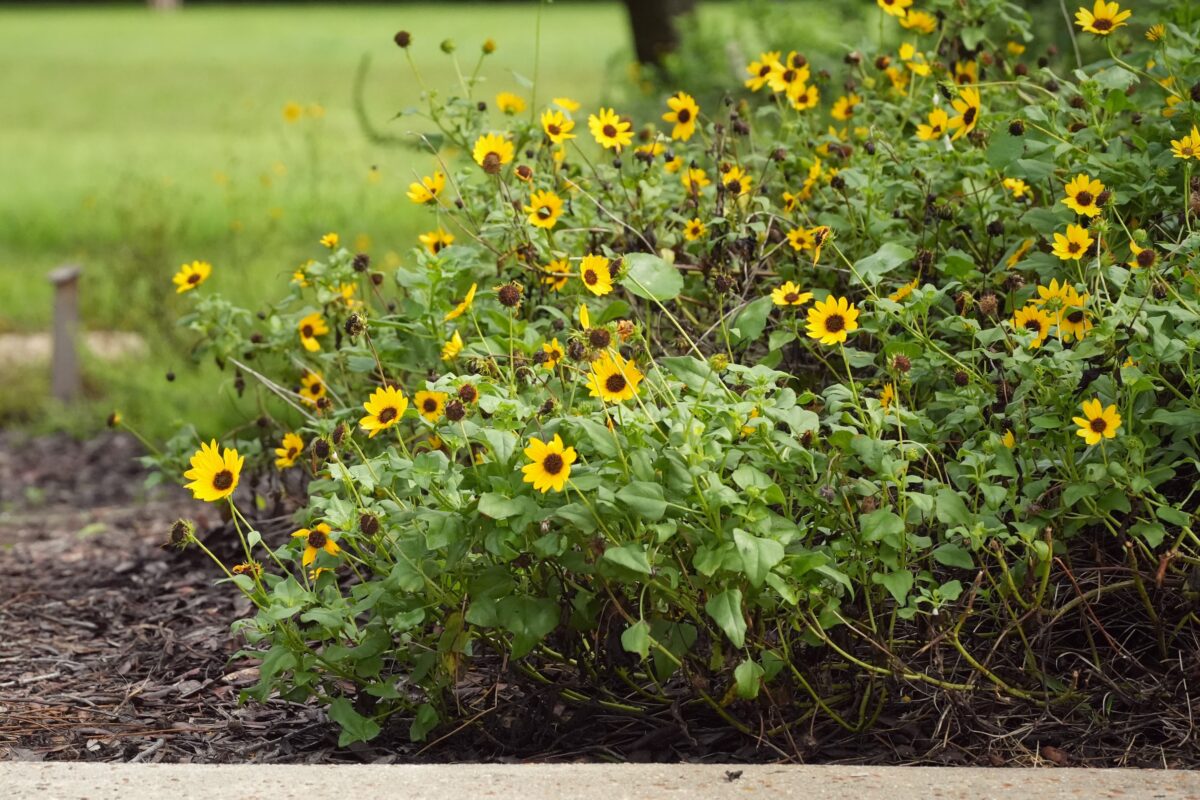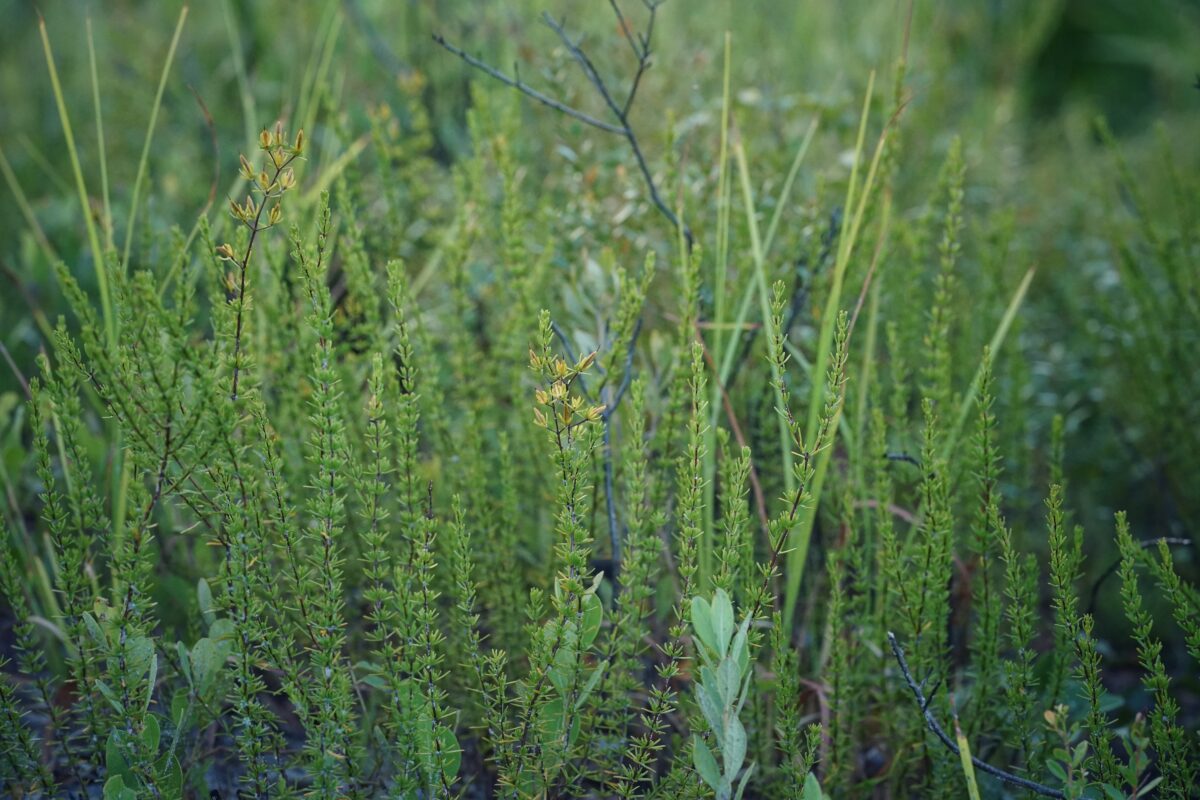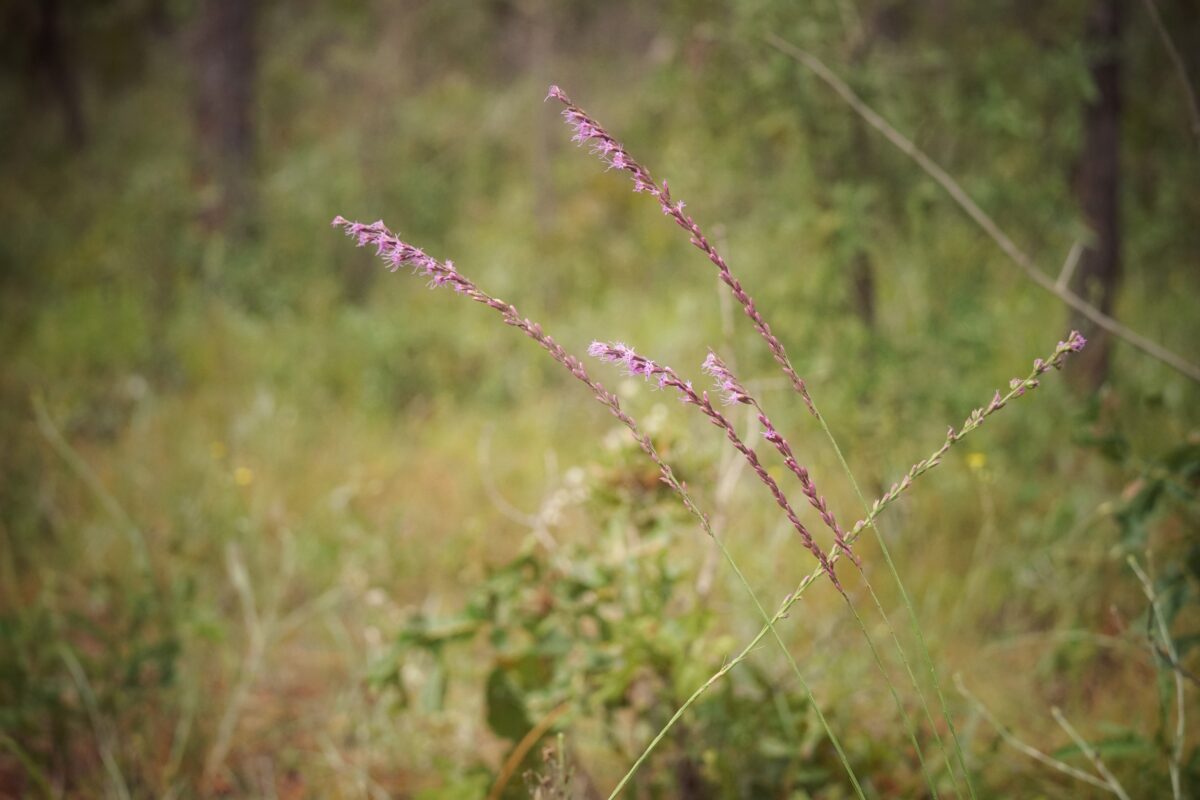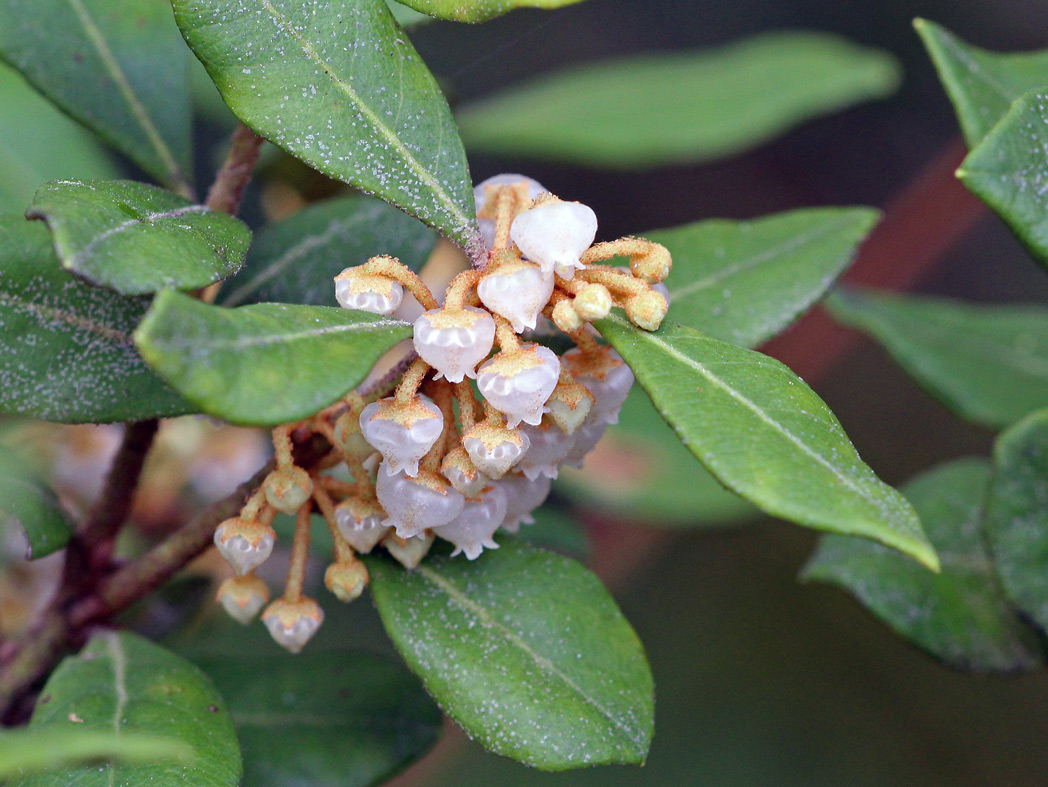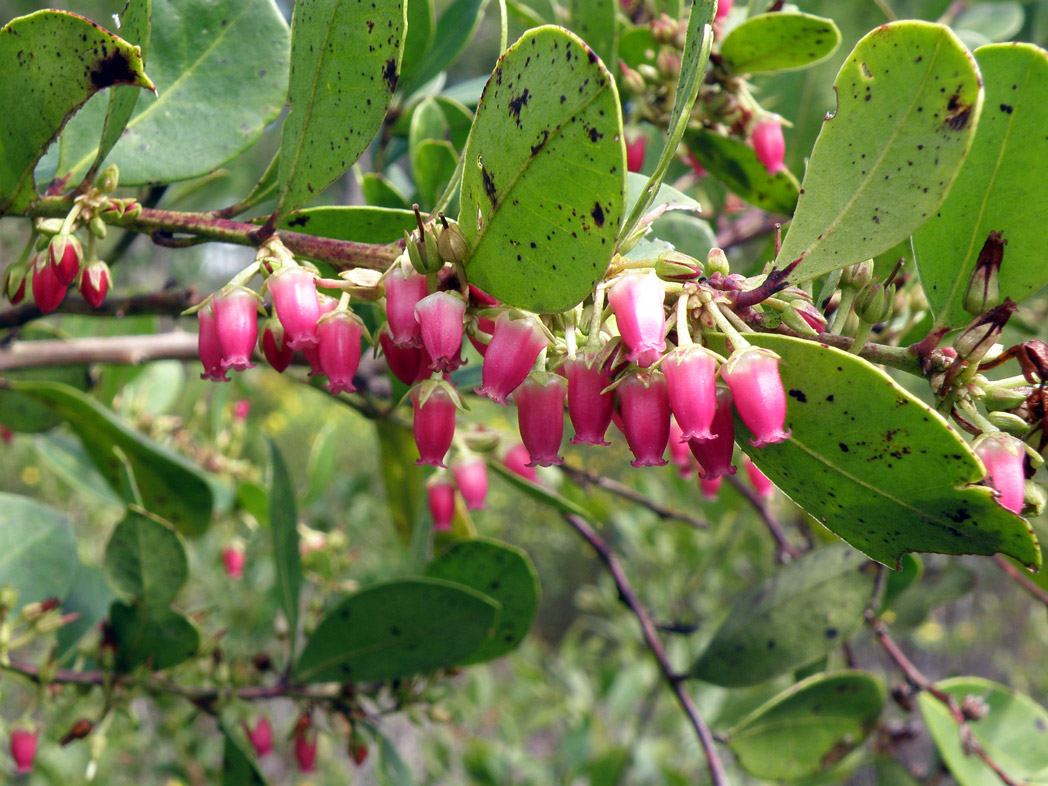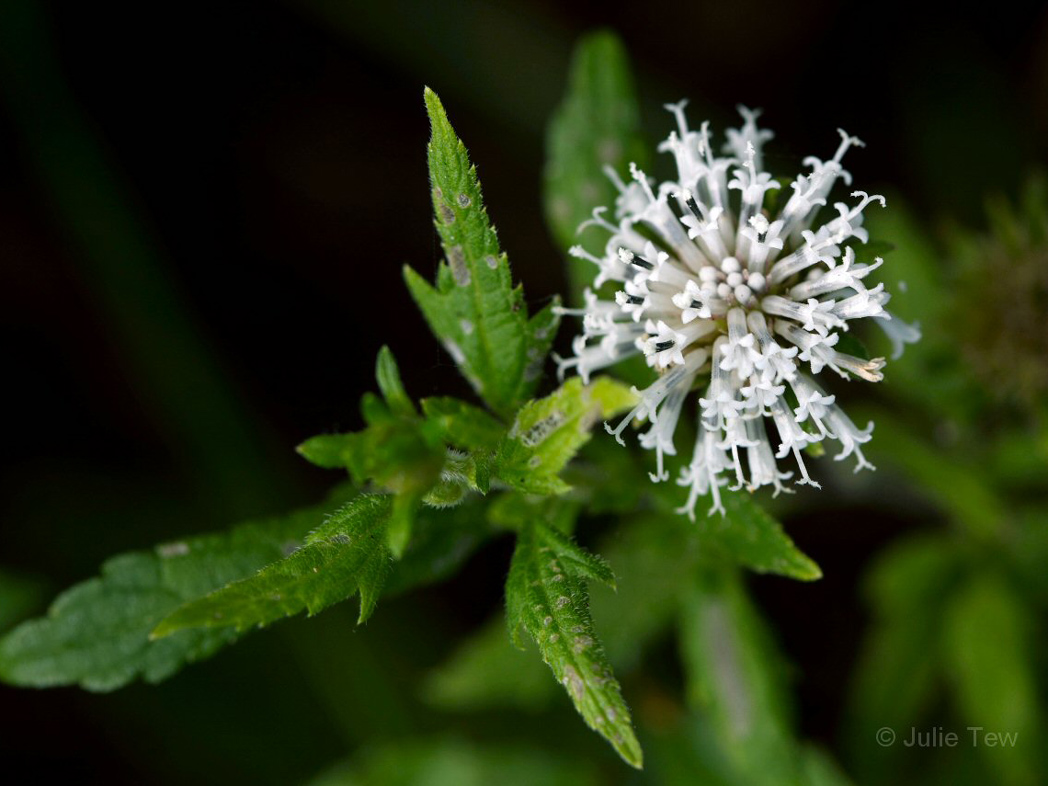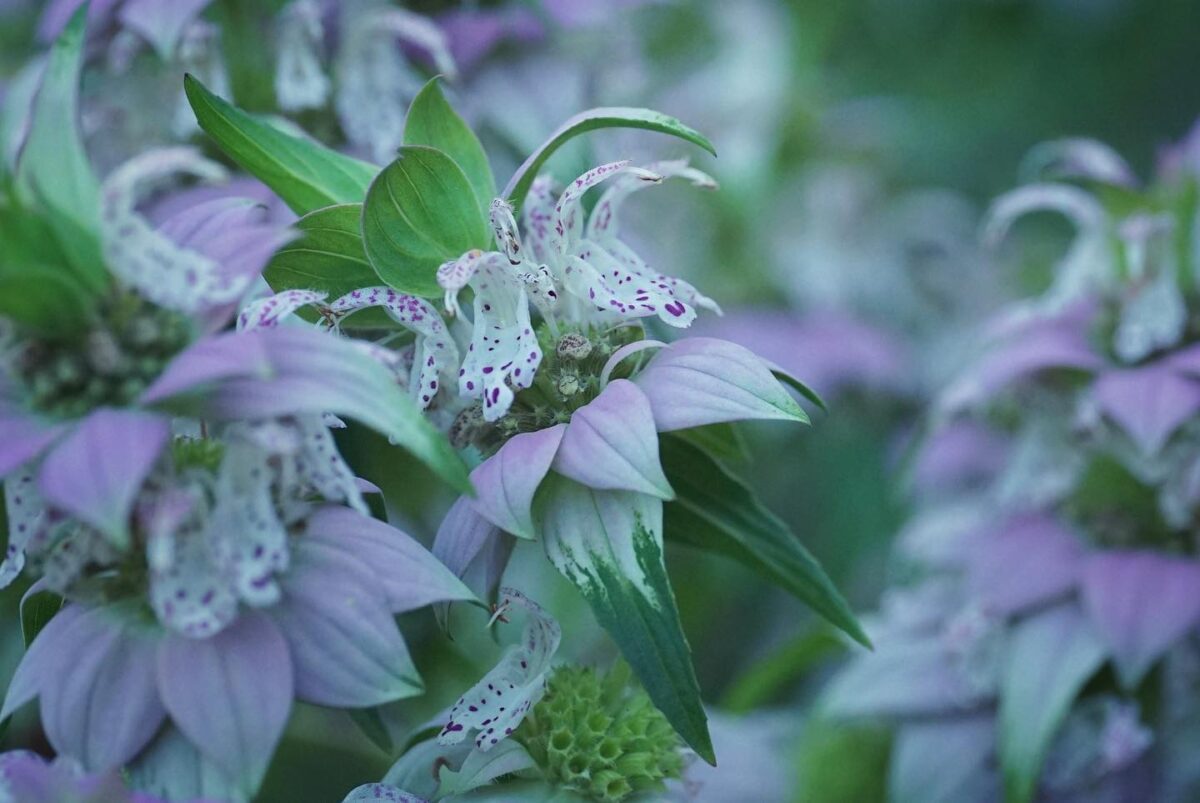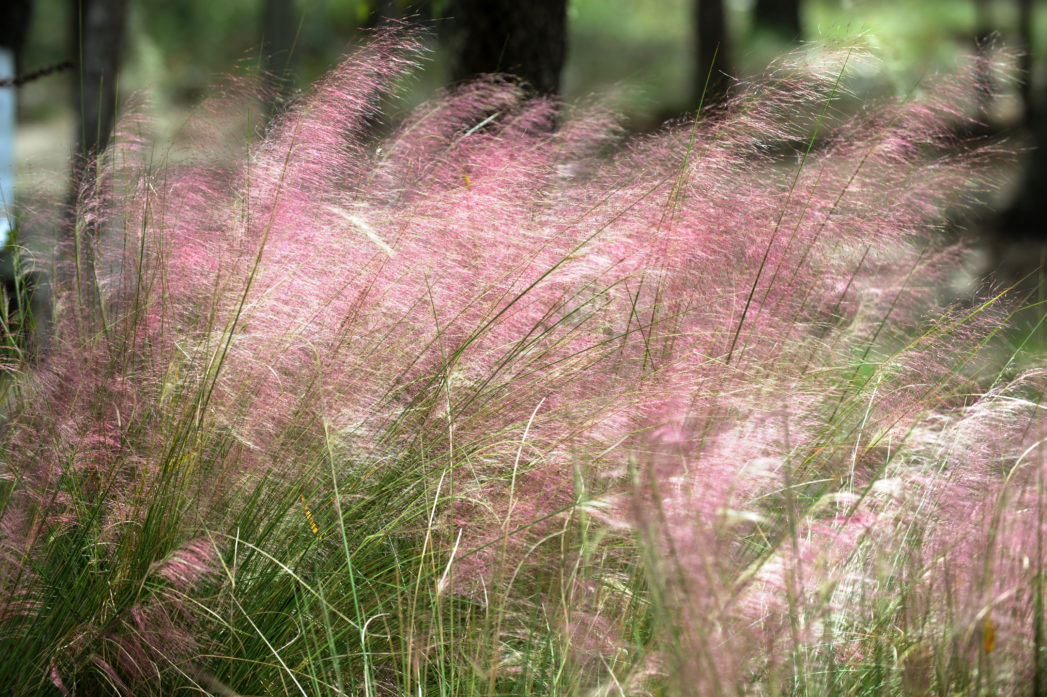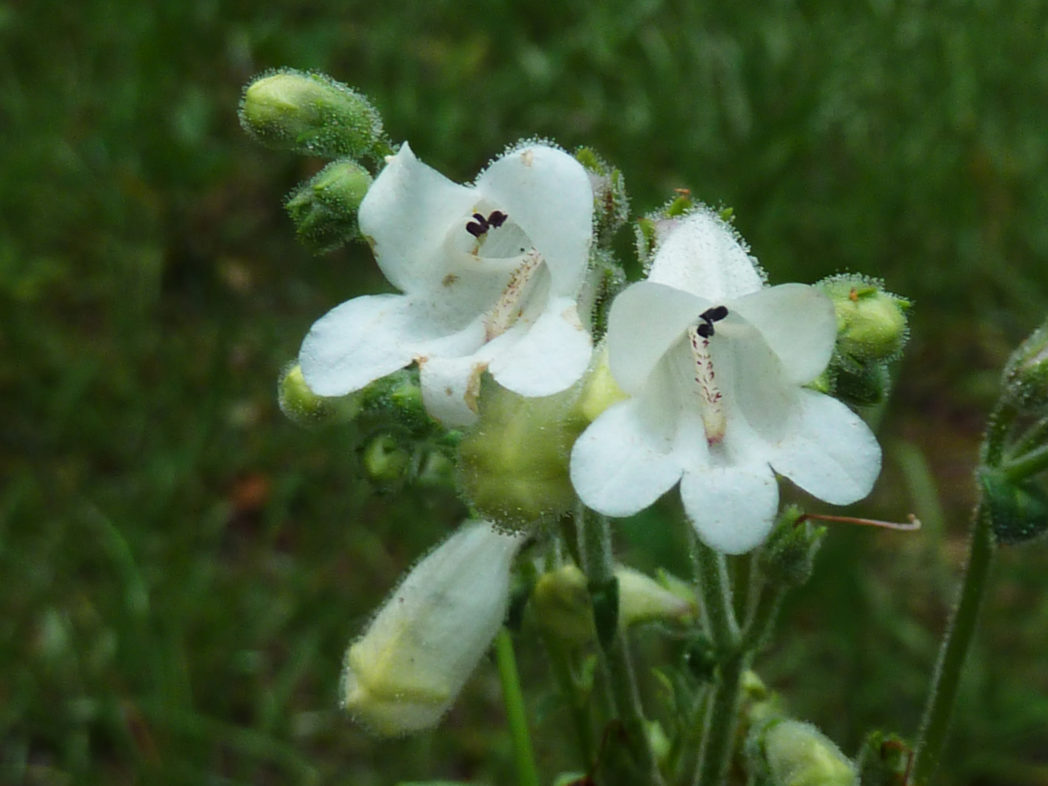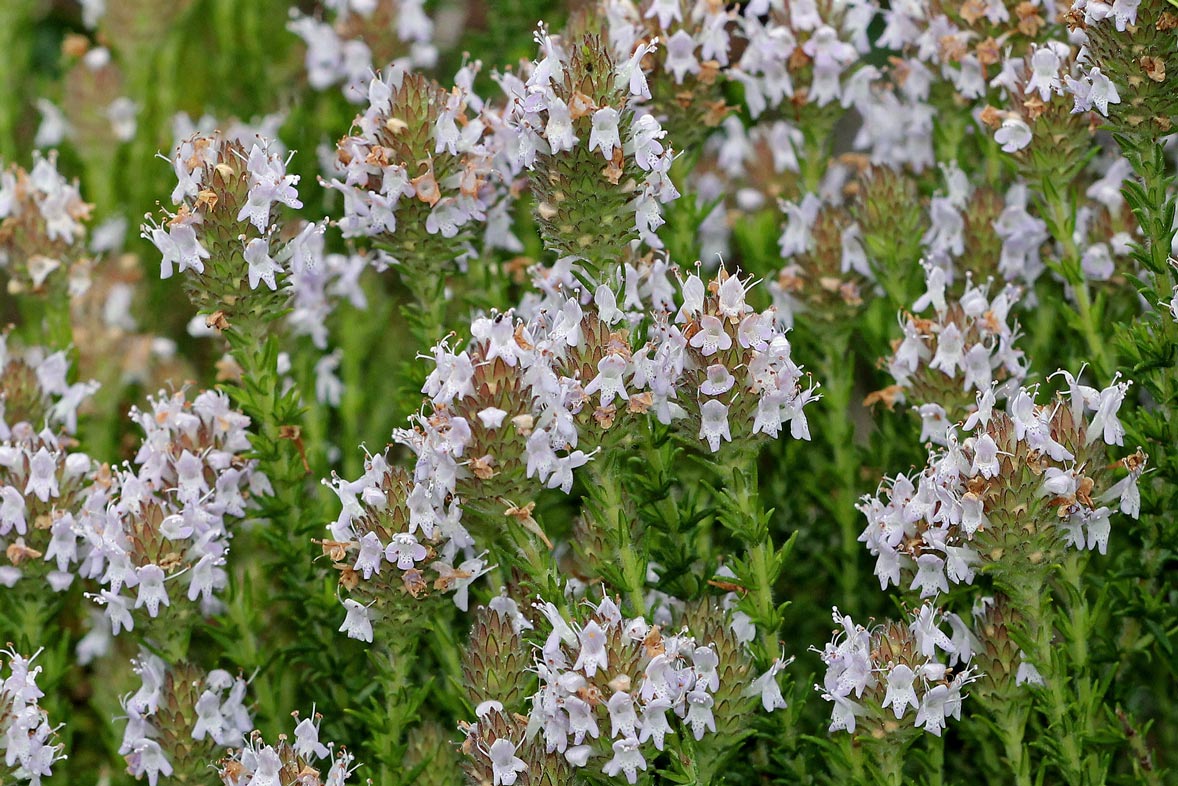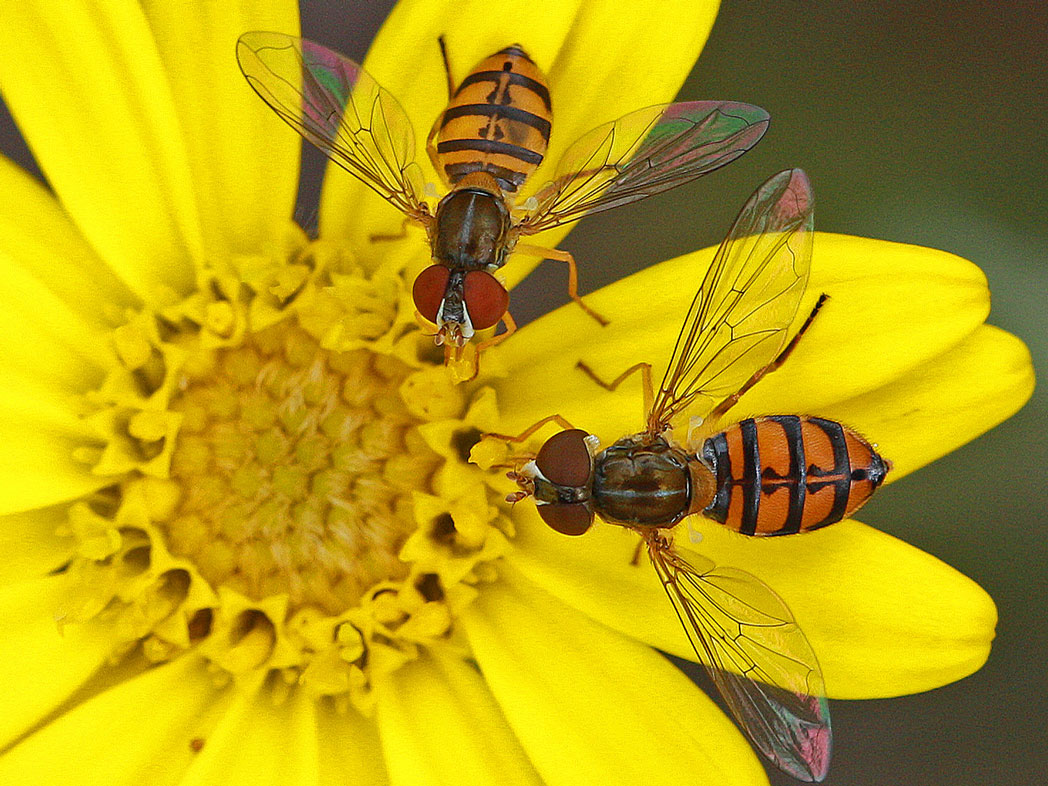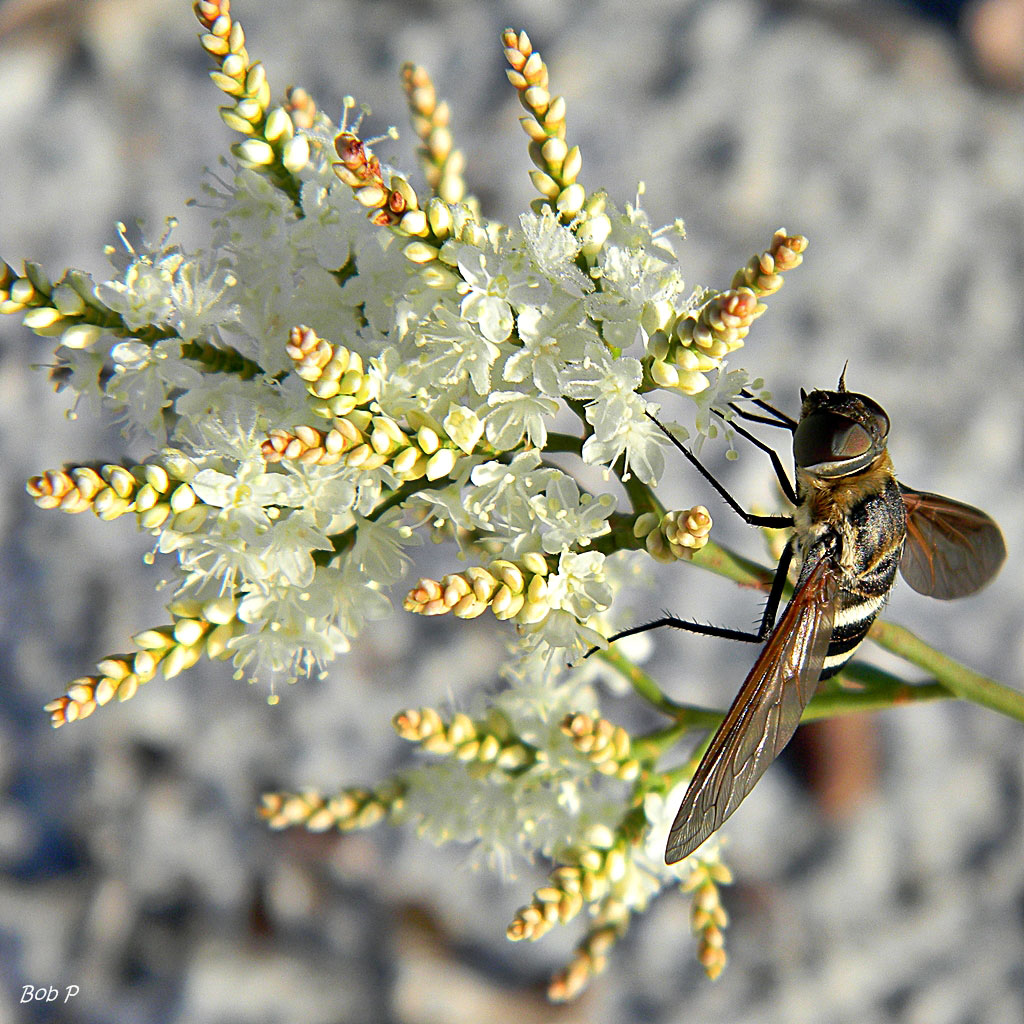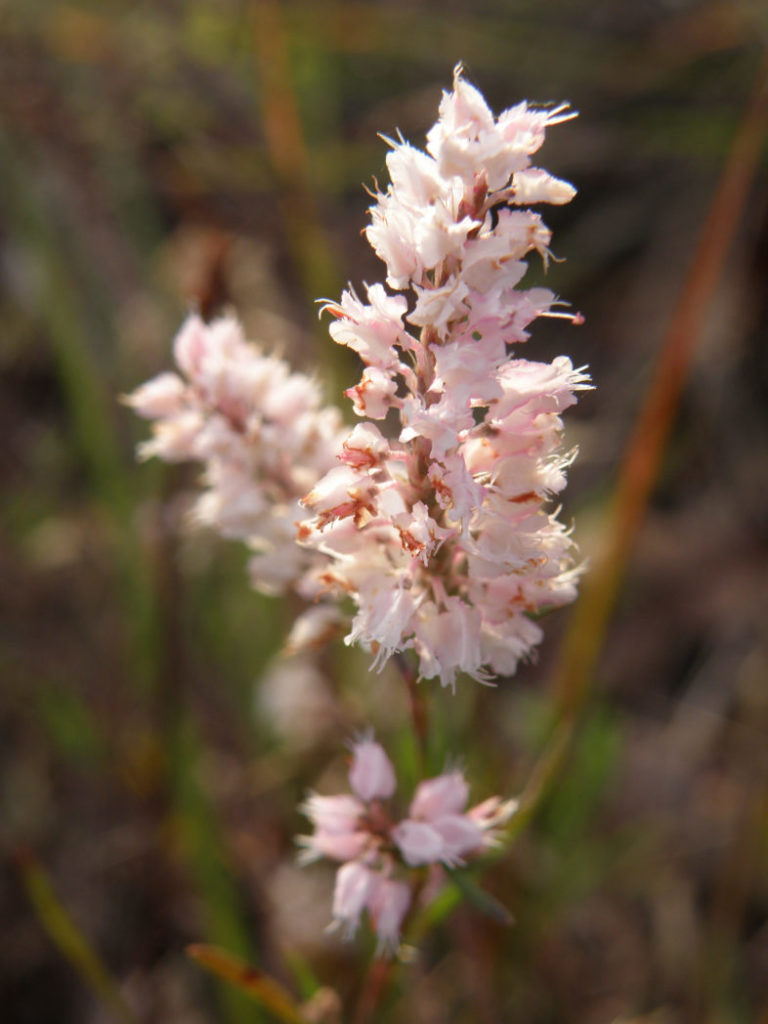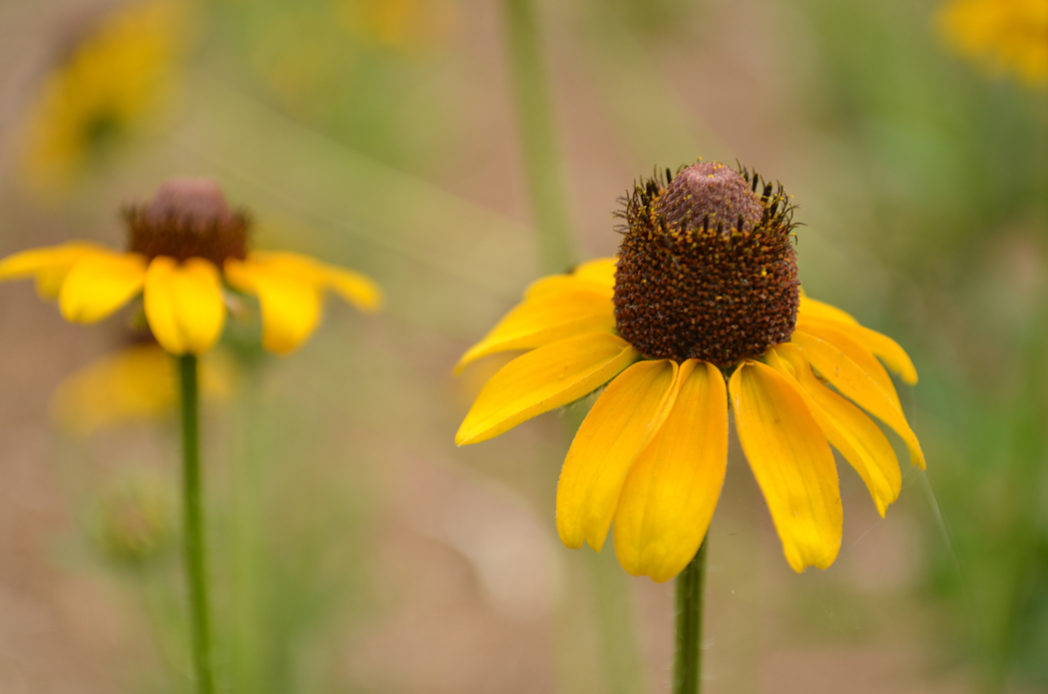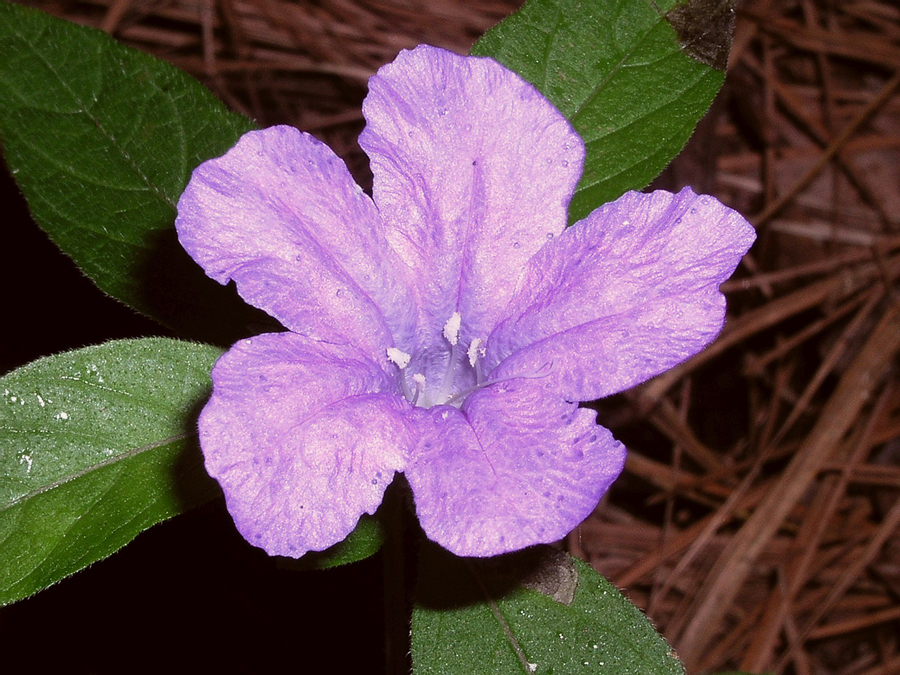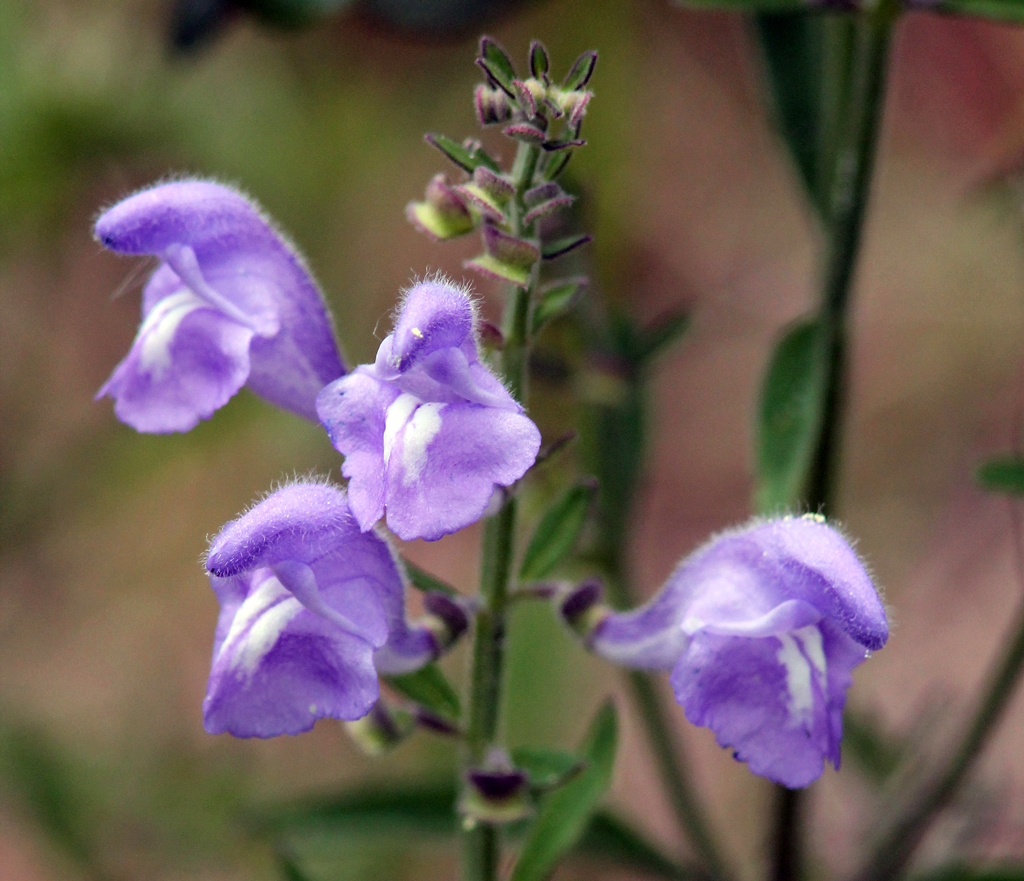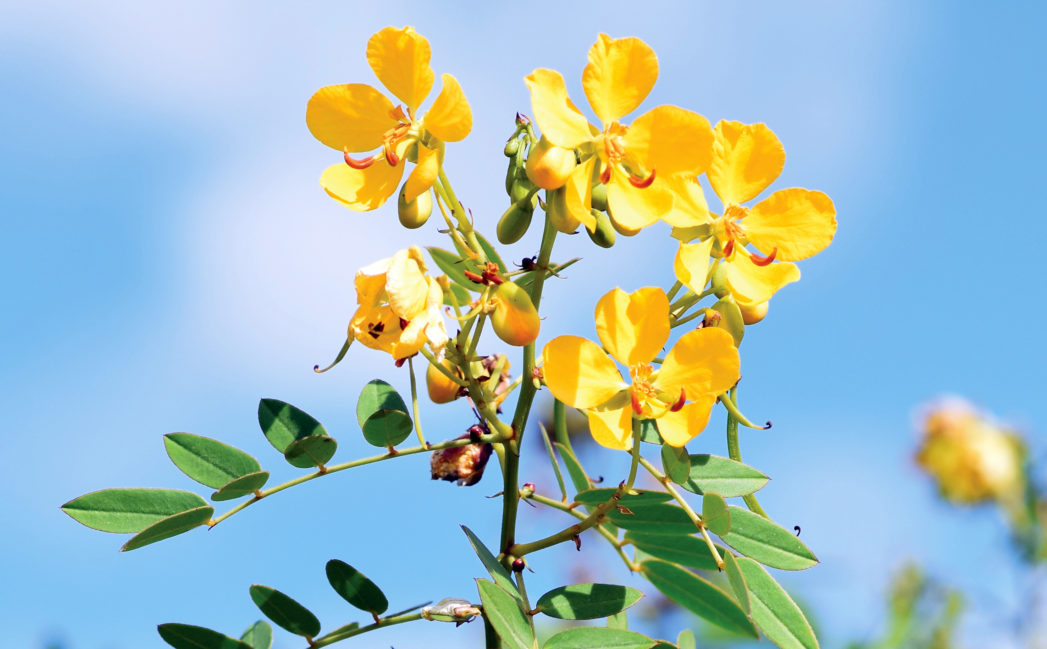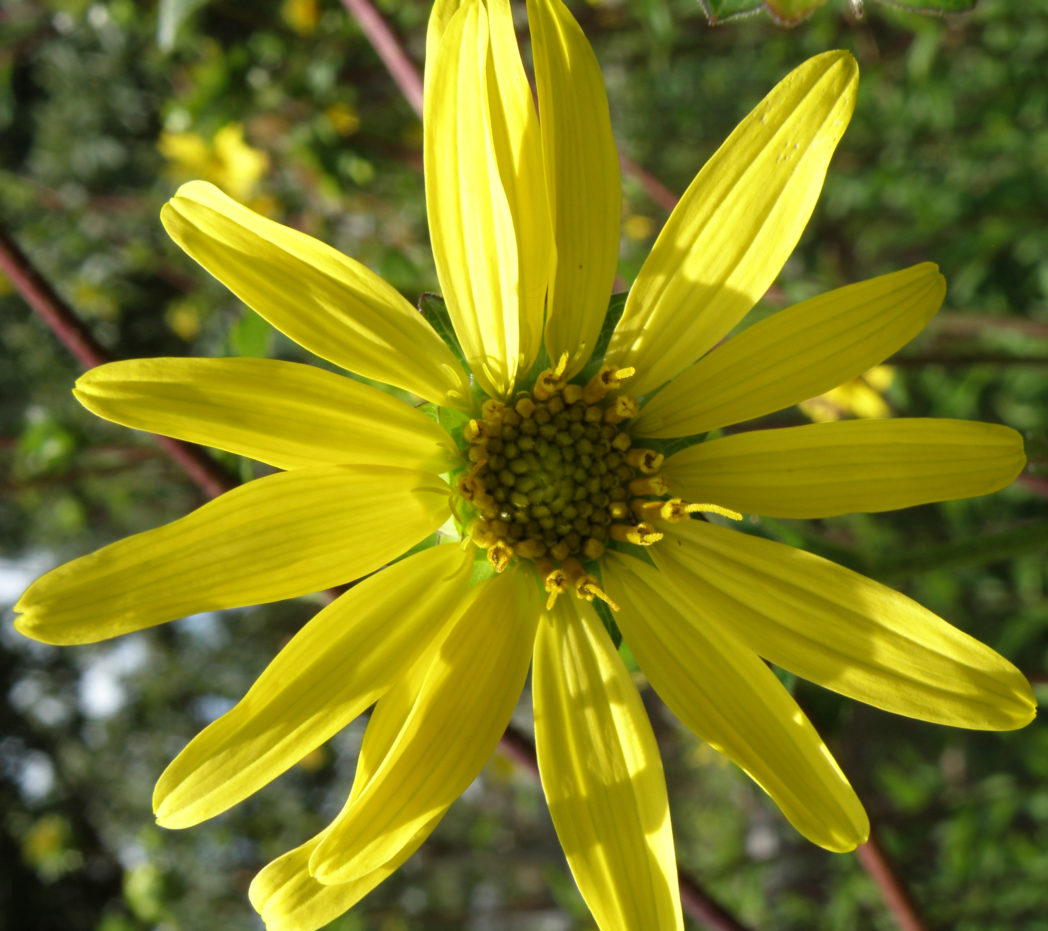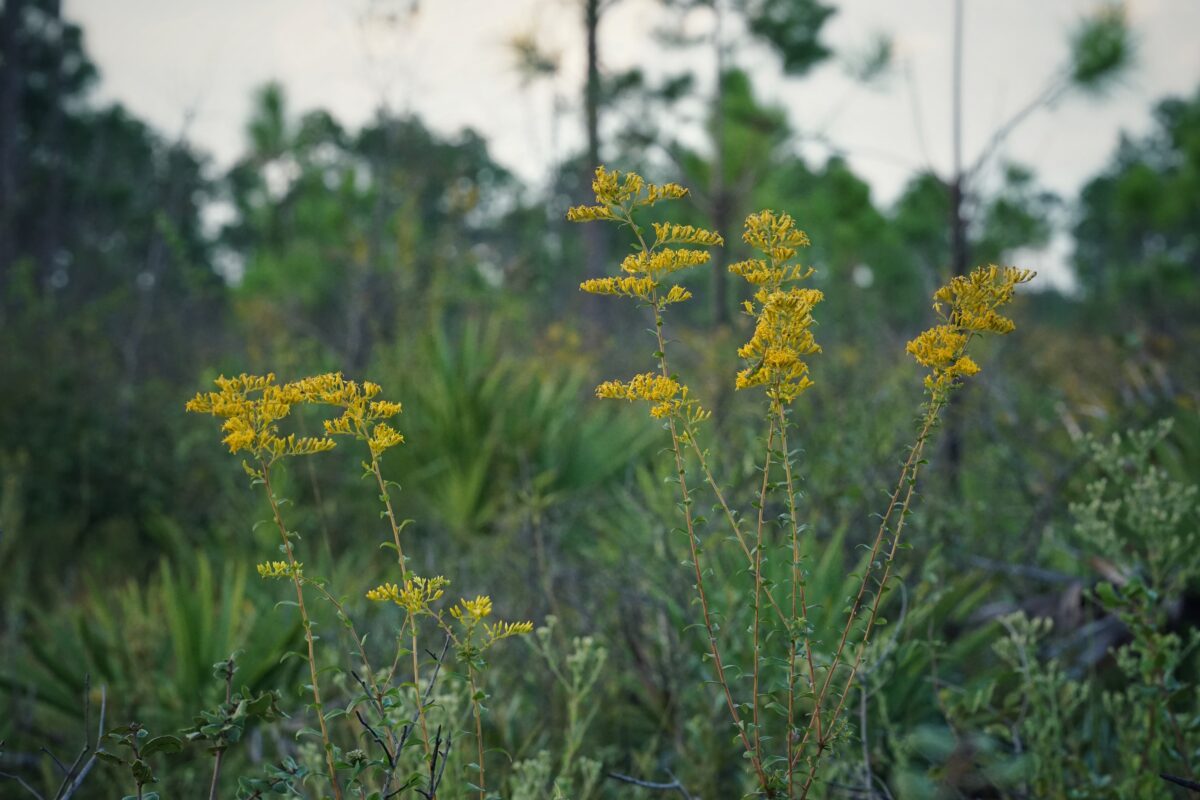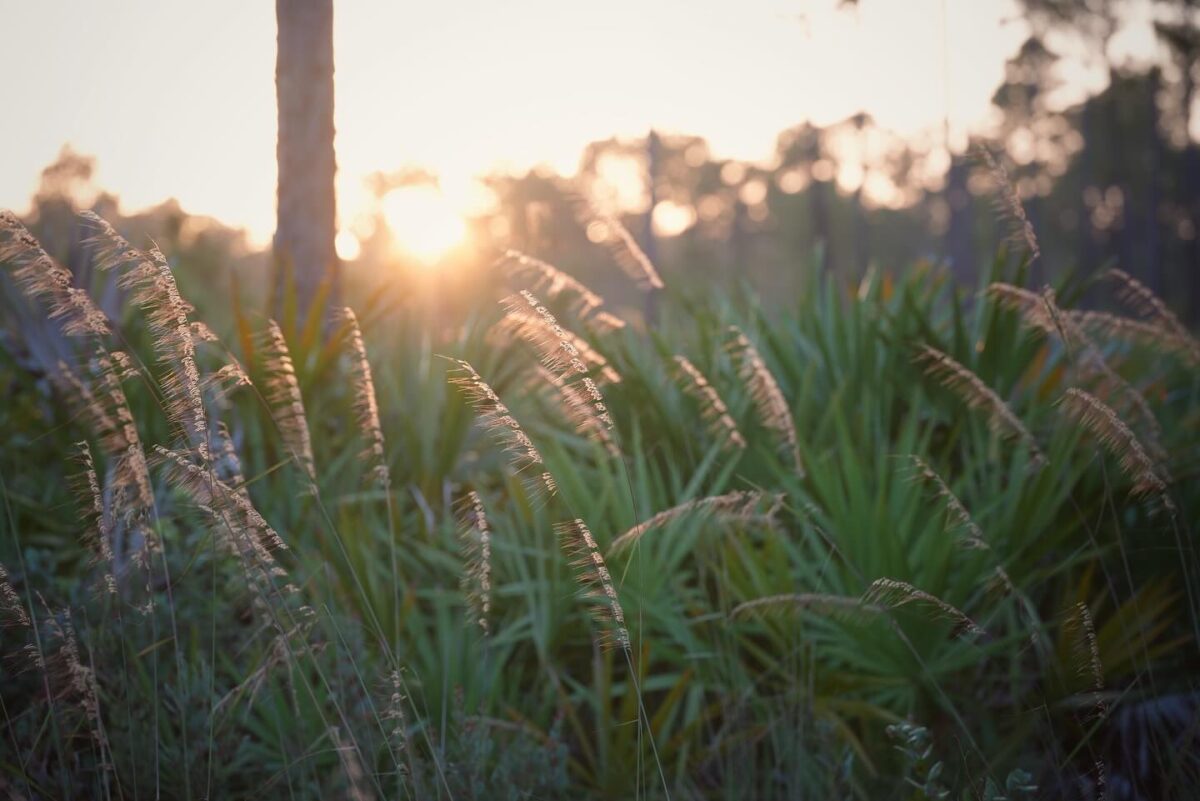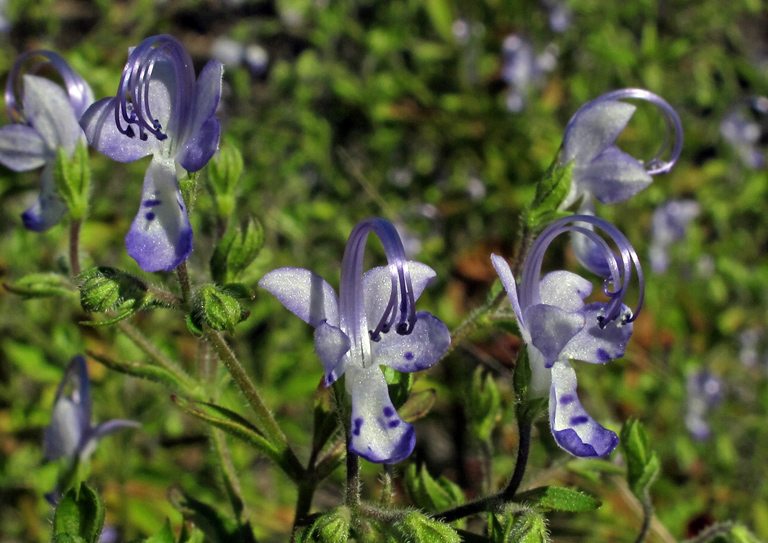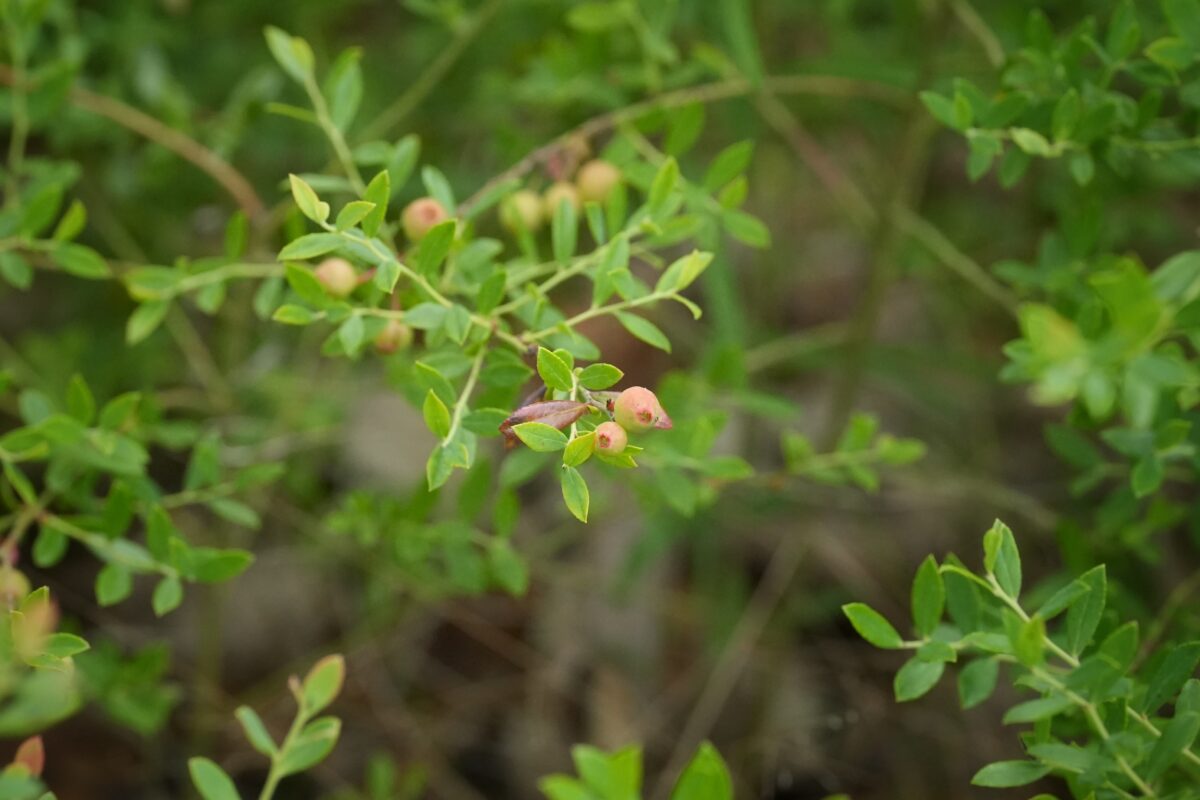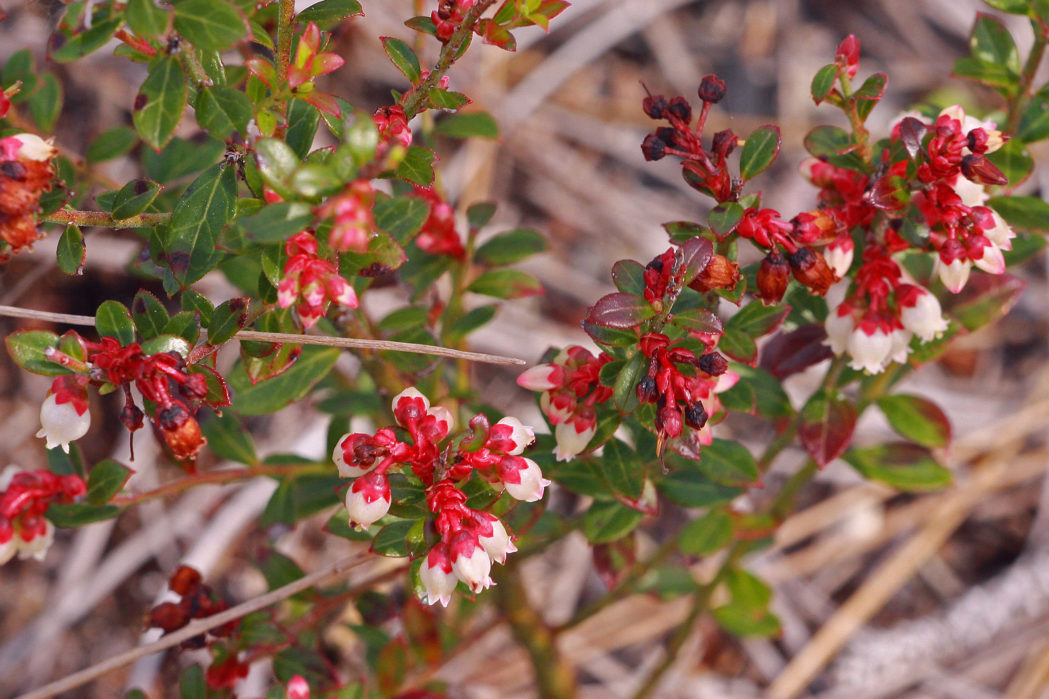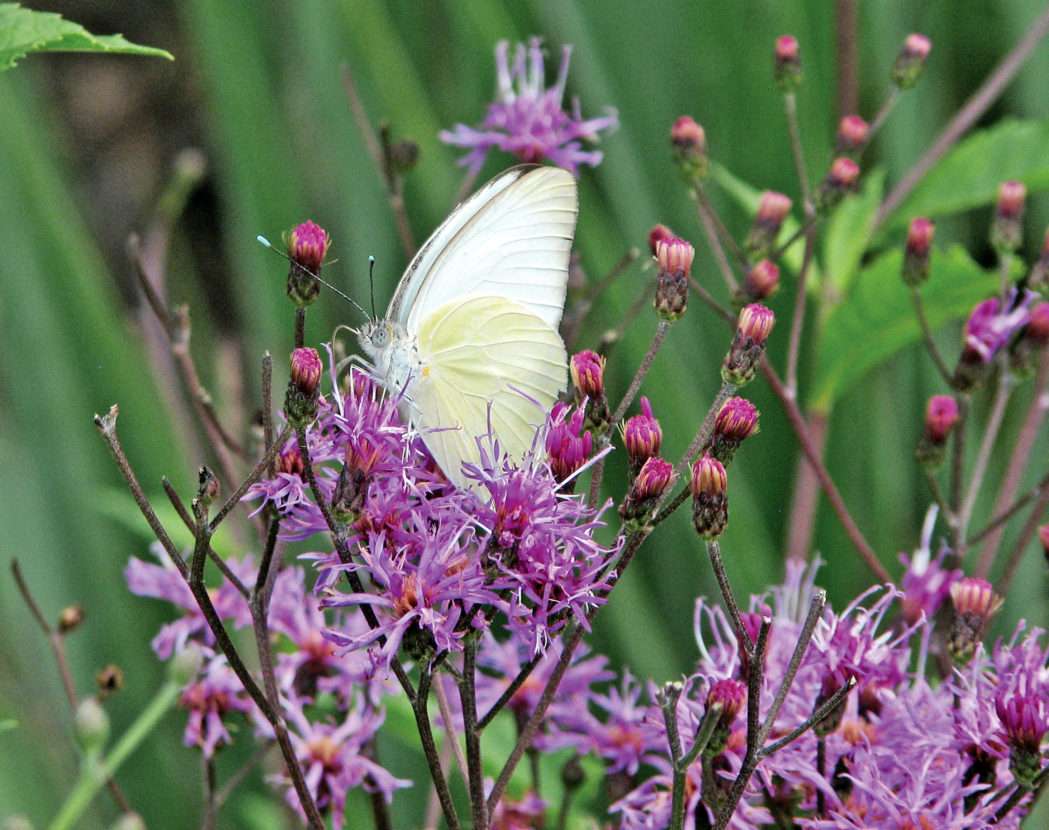The Wellington Garden Club received a $3000 grant through the Florida Wildflower Foundation‘s Viva Florida Landscape Demonstration Garden grant program. Written by Garden Club member, Lisa Ferrano, with cooperation from the Village of Wellington, the grant was used to install a wildflower meadow at Greenbriar Park in Wellington.
The site was solarized for two months and was planted in two stages. The first planting of native grasses and fall-blooming wildflowers took place on September 26, 2023. The second planting of spring-blooming wildflowers occurred in March 2024. Find photos showing the progress here.
The meadow is a demonstration garden visible and accessible to families, schools and communities to promote the use of native plants for creating diverse landscapes which, in turn, promote wildlife diversity and ecological stability. We hope you enjoy learning more about the following Florida native wildflower species and are inspired to create a habitat oasis all your own! Thank you for visiting.
The garden is located at Greenbriar Park, 2975 Greenbriar Blvd, Wellington, FL, 33414 (MAP).
Hammock snakeroot ( Ageratina jucunda) is a low-growing shrub found in pine flatwoods, sandhills, hammocks, upland mixed woodlands, and along roadsides and stream banks throughout Florida’s peninsula and Eastern Panhandle…
Wiregrass (Aristida stricta) is a perennial bunchgrass found in scrub, pinelands and coastal uplands throughout much of Florida. It is is a primary food source for gopher tortoises.
Butterfly milkweed (Asclepias tuberosa) is a perennial that produces large, showy clusters of bright orange to reddish flowers from spring through fall. It occurs naturally in sandhills, pine flatwoods, and…
Coastalplain honeycombhead (Balduina angustifolia) occurs in sandhills, scrub, dunes, and pine and scrubby flatwoods. Its showy, golden blooms attract a variety of butterflies, bees and other pollinators.
Florida greeneyes (Berlandiera subacaulis) is an endemic wildflower found in Florida’s sandhills, pine flatwoods, mixed upland forests, and along dry roadsides. Their bright yellow flowers bloom in spring, attracting a…
Florida paintbrush (Carphephorus corymbosus) blooms from mid-summer into fall, attracting butterflies and other pollinators. It occurs naturally in sandhills, pine flatwoods, scrubby flatwoods, mesic flatwoods and ruderal areas.
Hairy chaffhead (Carphephorus paniculatus) is a stunning perennial wildflower found in moist flatwoods and savannas. It typically blooms from late August through December, with peak flowering in October.
Mistflower (Conoclinium coelestinum) gives the appearance of a blue fog when blooming en masse. Its flowers are very attractive to pollinators, especially butterflies, moths and long-tongued bees.
Lanceleaf tickseed (Coreopsis lanceolata ) has conspicuously sunny flowers that typically bloom in spring. It attracts butterflies and other pollinators, and its seeds are eaten by birds and small wildlife.
Swamp twinflower (Dyschoriste humistrata) is a low-growing wildflower that occurs naturally along the edges of forested wetlands. A great groundcover option for a moist to wet shady area, it attracts…
You’d probably expect an elephant-sized flower from a plant called Tall elephantsfoot (Elephantopus elatus), but it’s not the flower that gives this plant its name.
Elliott’s lovegrass (Eragrostis elliottii) is a perennial bunchgrass with an abundance of delicate flowers that cover the plant in a billowy beige haze.
Beach creeper (Ernodea littoralis) is an evergreen low-growing, mat-forming shrub found on dunes, beaches and coastal hammock edges throughout Central and South Florida.
Gopher apple (Geobalanus oblongifolius) is a hardy, low-growing, woody perennial shrub that occurs naturally in sandhills, pine flatwoods, scrubby flatwoods and scrub. It can bloom year-round.
Dune sunflower (Helianthus debilis) occurs naturally along the coast. Its bright flowers attract a variety of pollinators, its dense growth pattern provides cover for many small animals and birds enjoy…
Atlantic St. John’s wort (Hypericum tenuifolium) occurs in scrub, pine flatwoods, sandhills and coastal swales. Its many golden flowers bloom in the summer, attracting a host of native bees and…
Shortleaf gayfeather (Liatris tenuifolia) is endemic to the Southeastern Coastal Plain and thrives in the dry, well-drained sands of Florida’s scrub and pine flatwoods. The beautiful lavender fall blooms are…
Rusty lyonia ( Lyonia ferruginea) is a long-lived evergreen flowering shrub, so named for the many rust-colored hairs that cover the plant’s leaves, stems and trunk.
Shiny lyonia (Lyonia lucida) is an erect woody evergreen shrub that produces a plethora of small, fragrant blooms in whitish-pink to pink to red.
Also known as Cat’s tongue, Salt and pepper and Nonpareil, Snow squarestem (Melanthera nivea) typically blooms summer through early winter, but can bloom year-round, attracting bees, butterflies and other pollinators.
Spotted beebalm (Monarda punctata) is a robust, aromatic wildflower known to attract a huge variety of pollinating insects, including bees, wasps and butterflies. It blooms from early summer through fall.
Nothing says fall in Florida like the purple haze of Muhlygrass (Muhlenbergia capillaris) in bloom. When planted en masse, this perennial bunchgrass puts on a spectacular fall display.
Manyflower beardtongue (Penstemon multiflorus) occurs naturally in scrub, sandhills and scrubby flatwoods. It has many showy white flowers that attract a number of pollinators, including hummingbirds.
Wild pennyroyal (Piloblephis rigida) typically flowers in late winter through spring, but can bloom year-round, and occurs naturally in scrub, scrubby and pine flatwoods, sandhills, dry prairies and ruderal areas…
Narrowleaf silkgrass (Pityopsis graminifolia) blooms late summer through early winter in sandhill, flatwoods and scrub habitats throughout the state. It has brilliant yellow flowers and silvery leaves.
October flower (Polygonum polygamum) is a subshrub found in sandhill, scrub and scrubby flatwoods throughout much of Florida. For most of the year, it is a rather understated plant. But in…
Also known as Largeflower jointweed, Sandhill wireweed (Polygonum nesomii) is a deciduous woody shrub that produces an abundance of spike-like flowering clusters. It is mostly a summer and fall bloomer,…
Black-eyed Susan (Rudbeckia hirta) typically blooms in spring through fall. It is pollinated by a variety of insects, and its seeds are eaten by seed-eating birds.
Wild petunia (Ruellia caroliniensis) typically blooms late spring through early fall, attracting a variety of pollinators. It is also a host plant for the White peacock butterfly.
Helmet skullcap (Scutellaria integrifolia) typically blooms in late spring and summer, attracting a wide range of bees, including leafcutter, cuckoo and bumble bees.
Chapman’s wild sensitive plant (Senna mexicana var. chapmanii) is a state-listed threatened species. Its flowers are visited by a variety of native bees and butterflies, and it is a larval…
Starry rosinweed (Silphium asteriscus) is a robust perennial with showy yellow blooms. It occurs naturally in flatwoods, sandy pinelands and disturbed areas and attracts a variety of pollinators.
Of Florida’s 22 Goldenrods, Chapman’s goldenrod (Solidago odora var. chapmanii) is one of the best suited to home landscapes. A wonderful wildlife supporter, it is popular with a variety…
Lopsided indiangrass (Sorghastrum secundum) is a robust perennial bunchgrass that occurs in pinelands, sandhills and flatwoods. Throughout most of the year, it is rather indistinct. But in late summer, it…
Forked bluecurls (Trichostema dichotomum ) have dainty yet distinctive bluish-purple flowers. They are short-lived, opening only in the morning, but individual plants may produce thousands of flowers throughout a season…
Darrow’s blueberry (Vaccinium darrowii) is a small shrub that is underappreciated as a landscape plant. Its profuse spring blooms attract many pollinators and the sweet summer berries are attractive to…
Shiny blueberry (Vaccinium myrsinites) is a low evergreen shrub that flowers heavily in the spring. It occurs naturally in mesic pine flatwoods, sandhills, scrubby flatwoods, dry prairies and scrub habitats…
Giant ironweed (Vernonia gigantea) is a robust perennial wildflower that blooms in summer and fall, attracting a variety of pollinators, especially butterflies.
POLLINATORS NEED YOUR HELP!
Help Florida’s wildlife and environment by using native wildflowers and plants in your landscape. Click here to learn more information on planting, selecting and maintaining native plants, or check out these resources:

